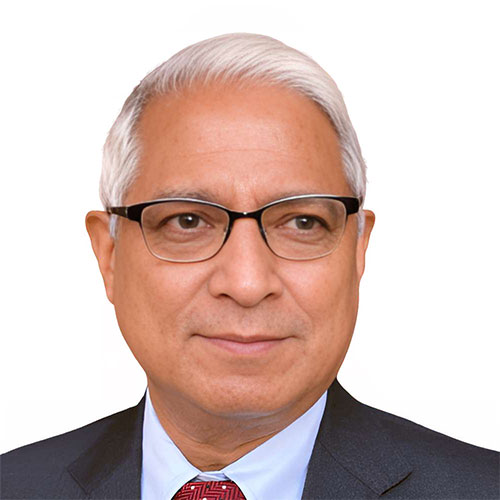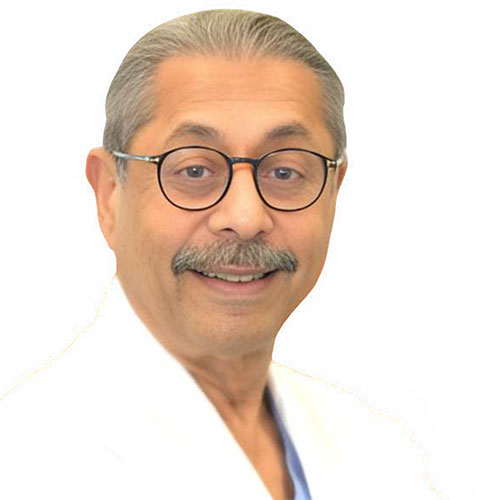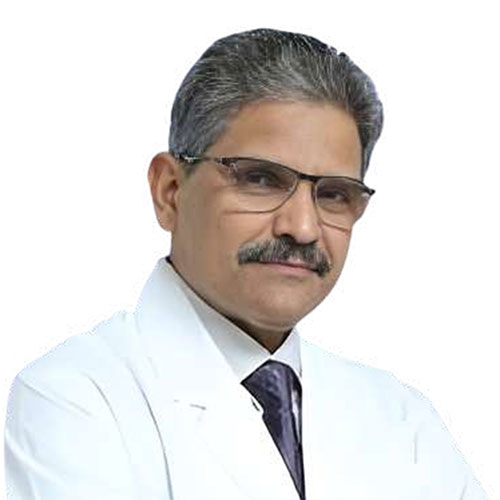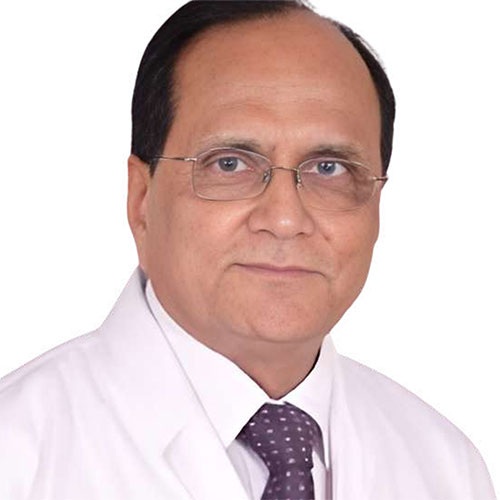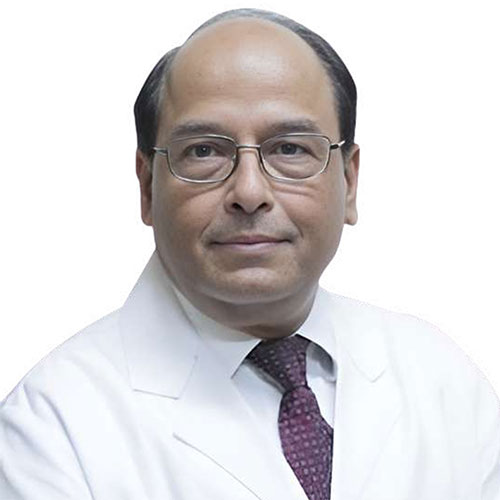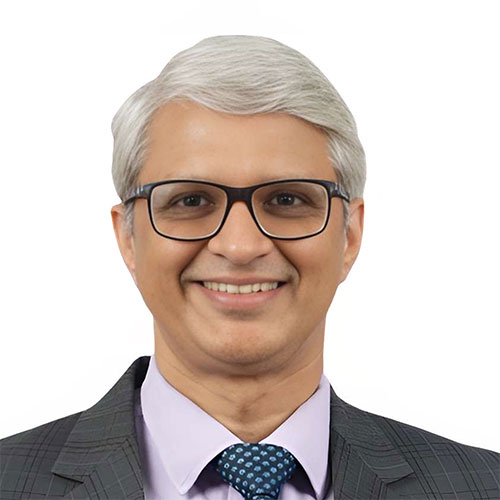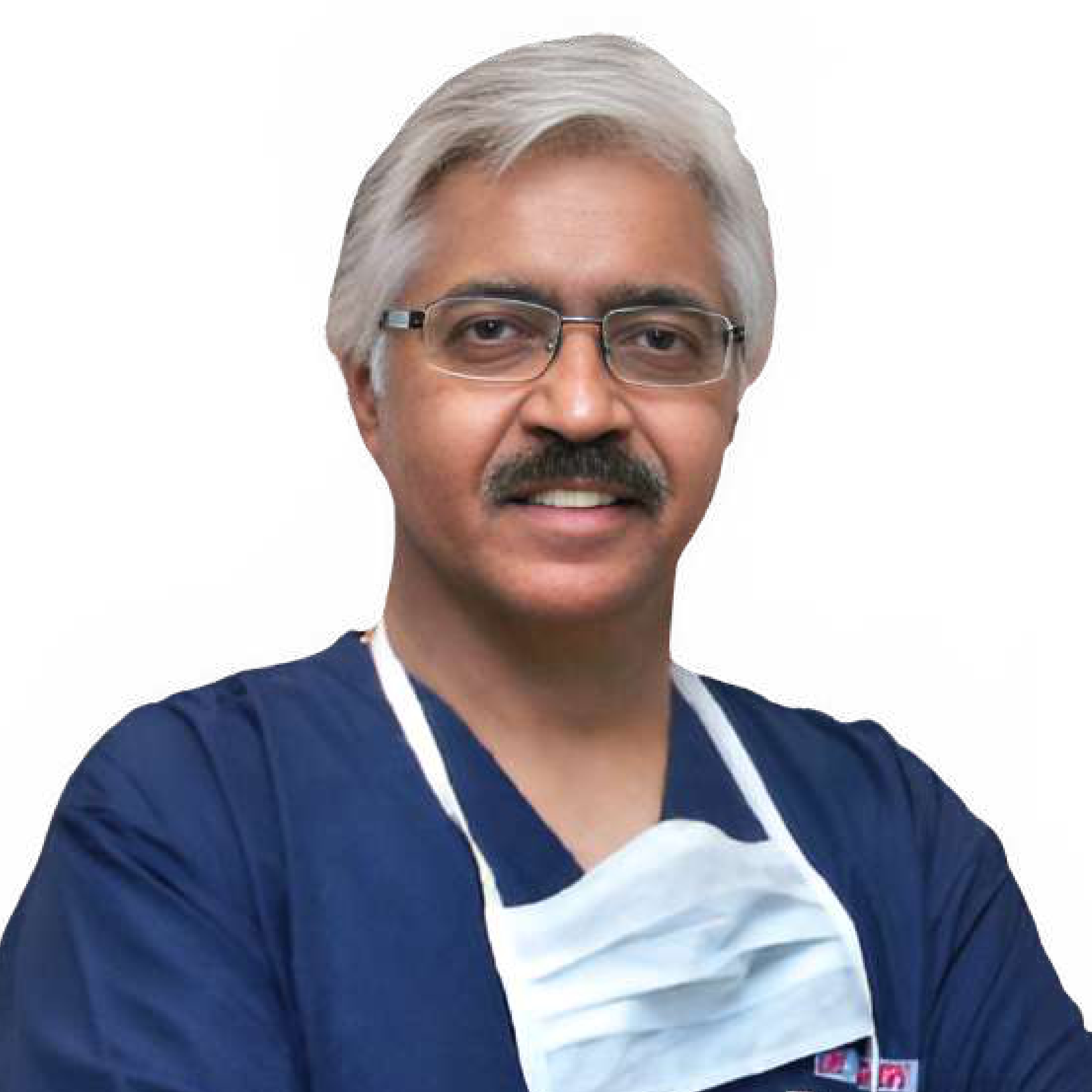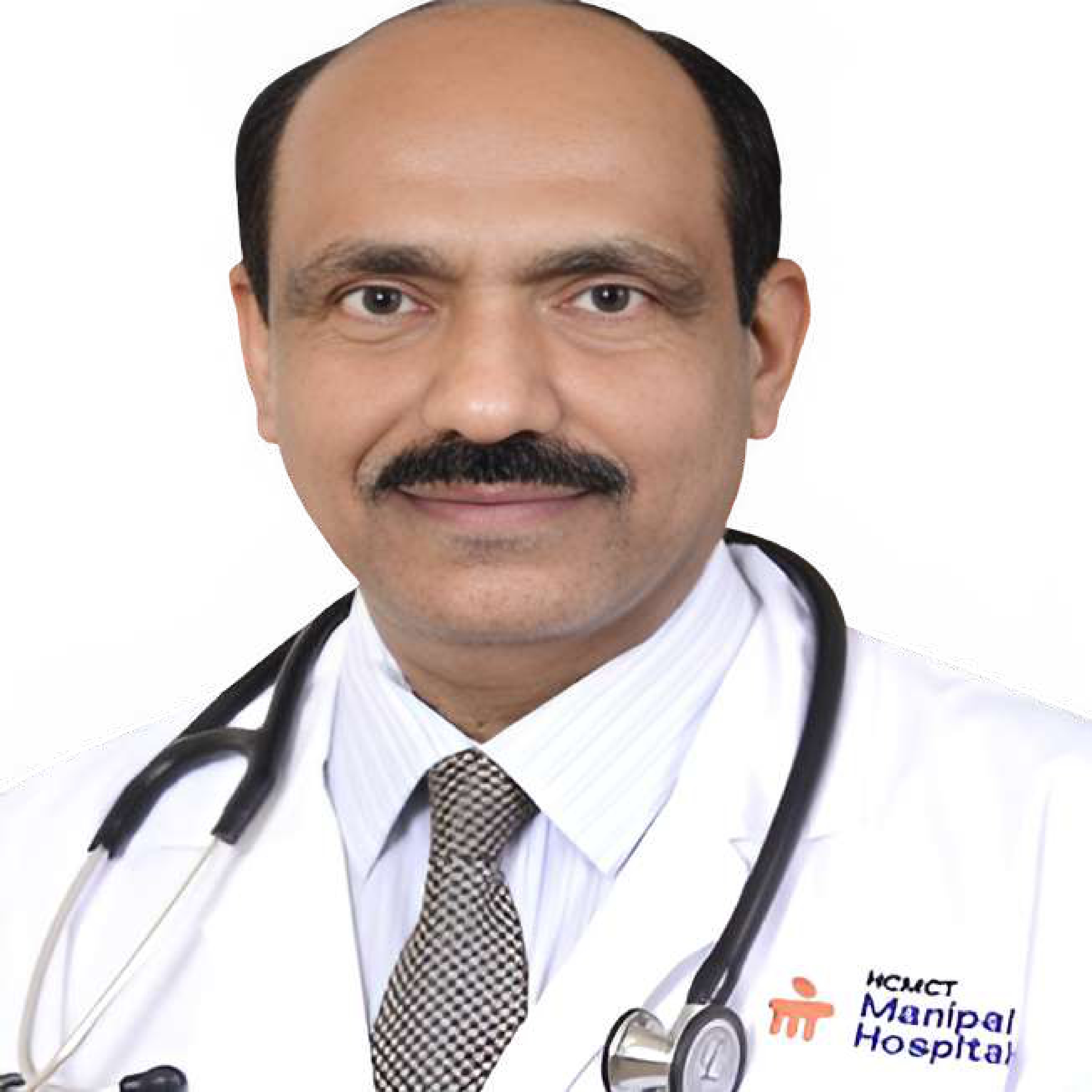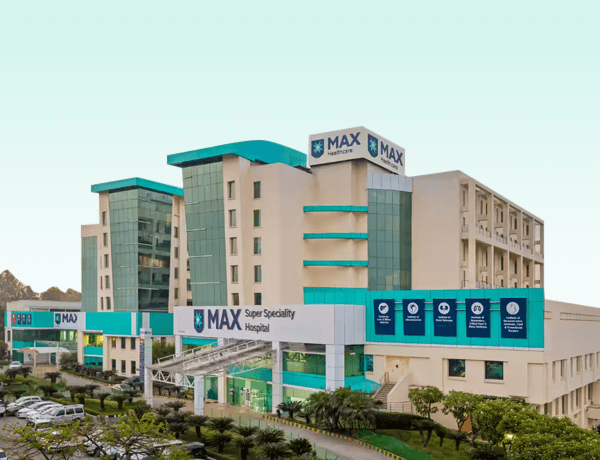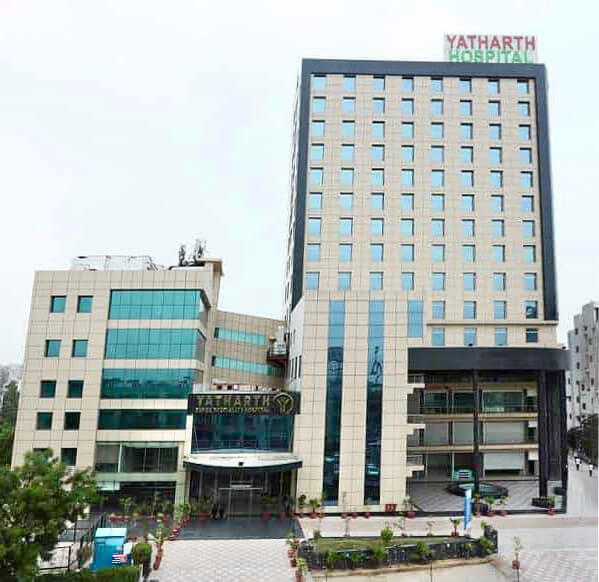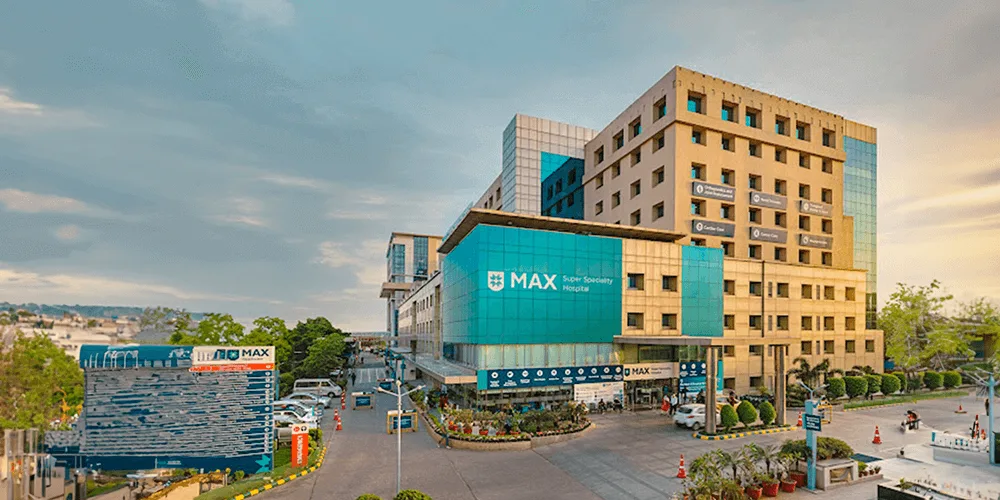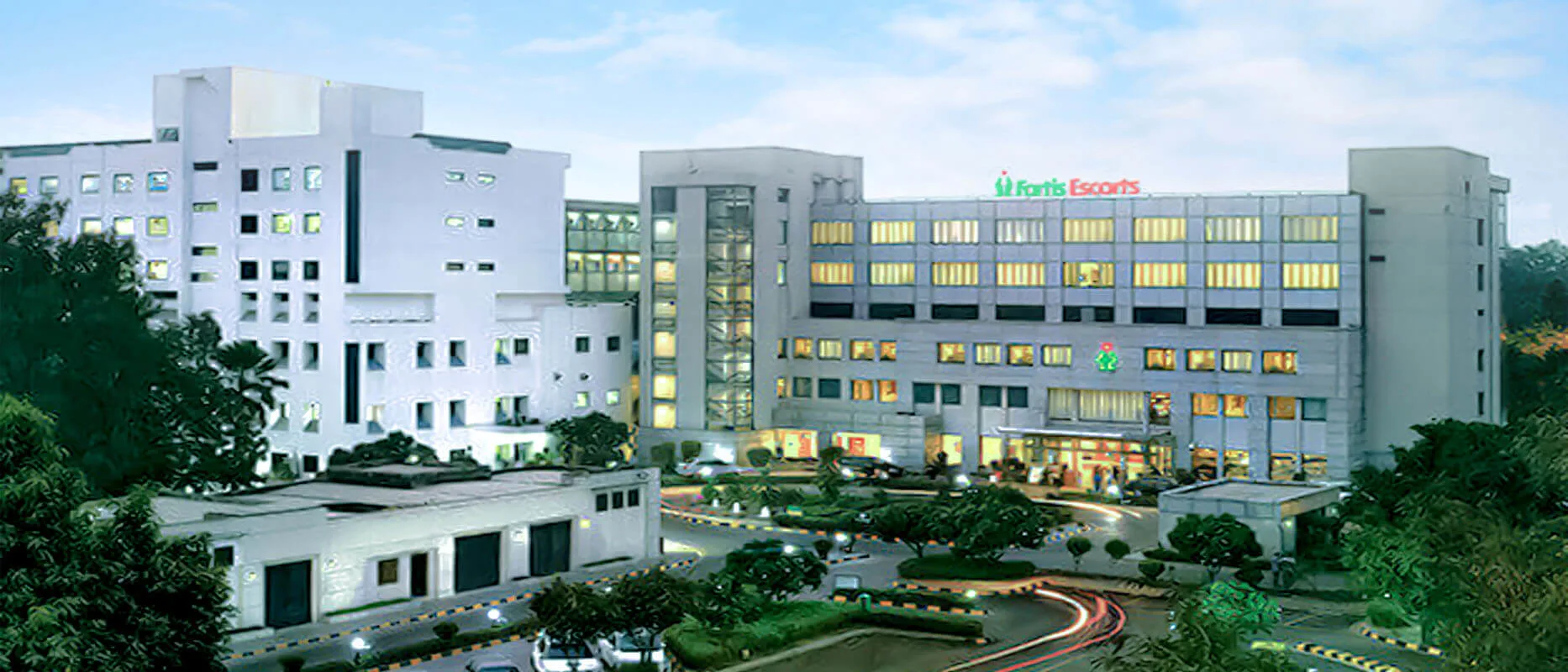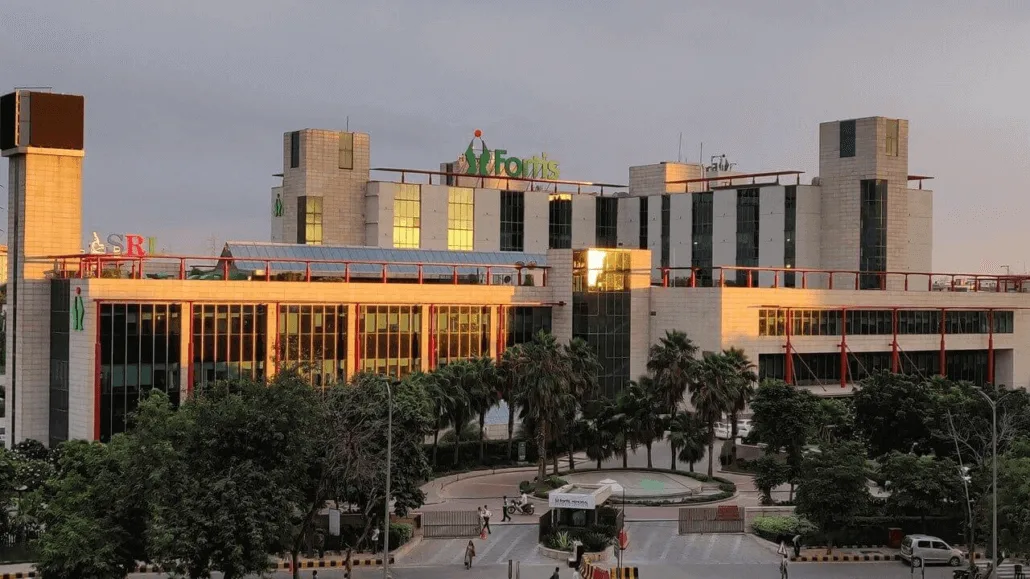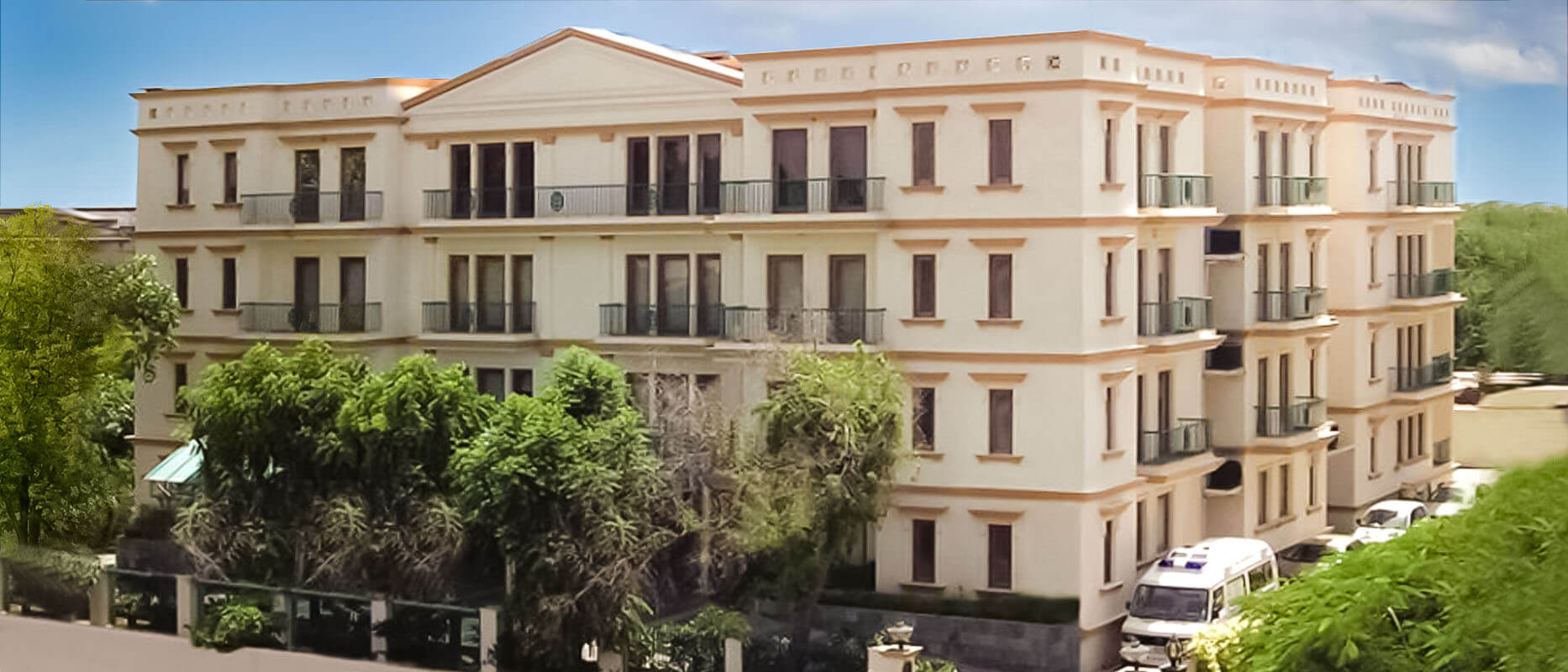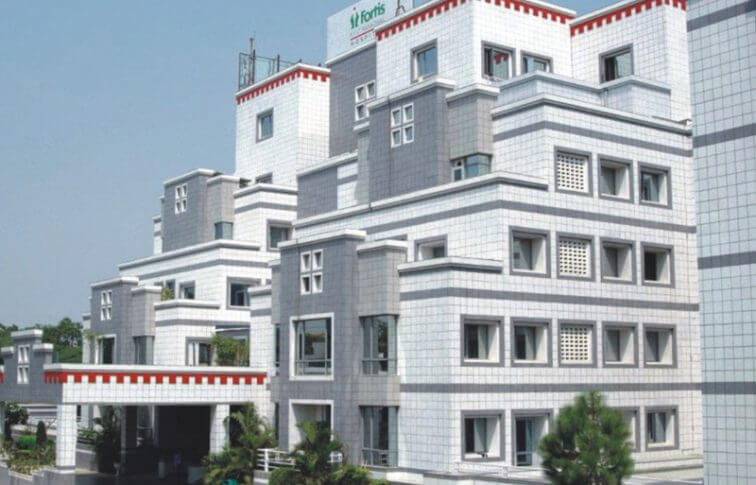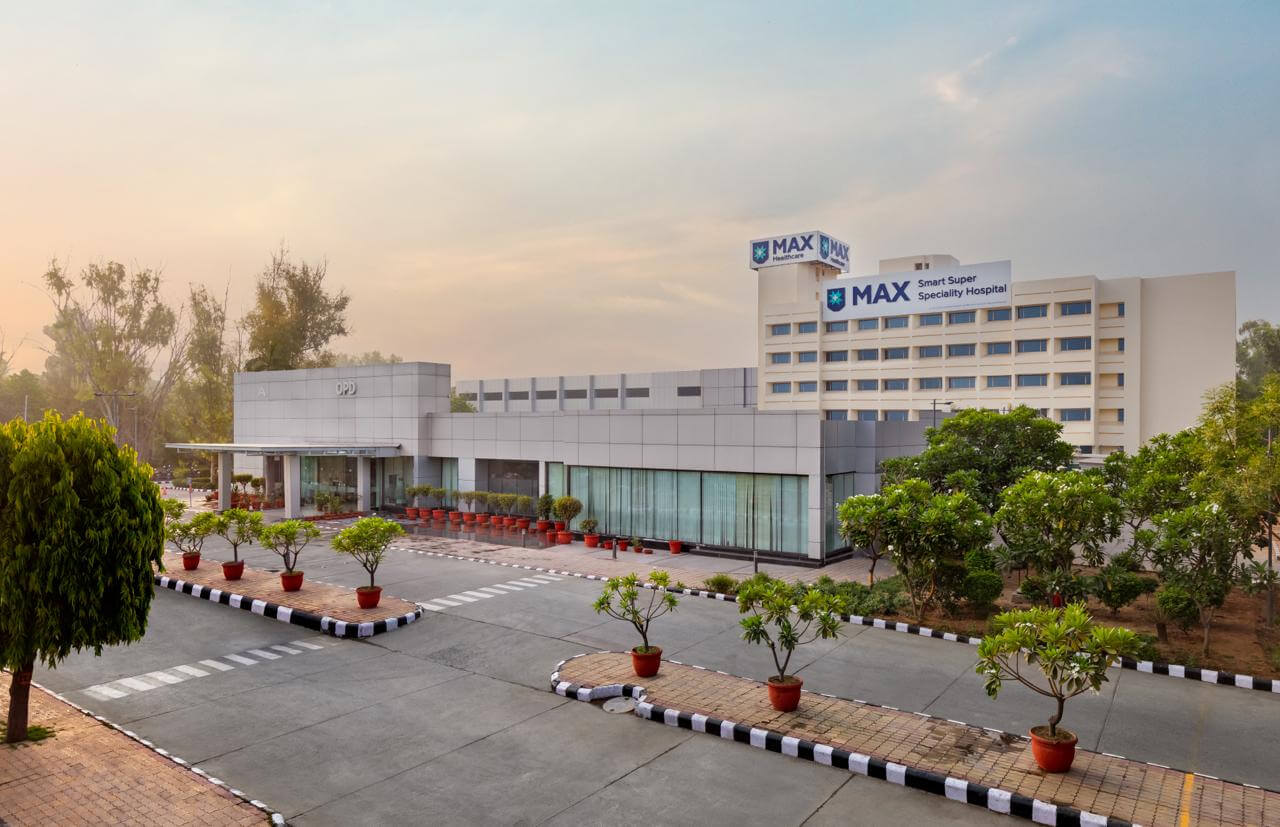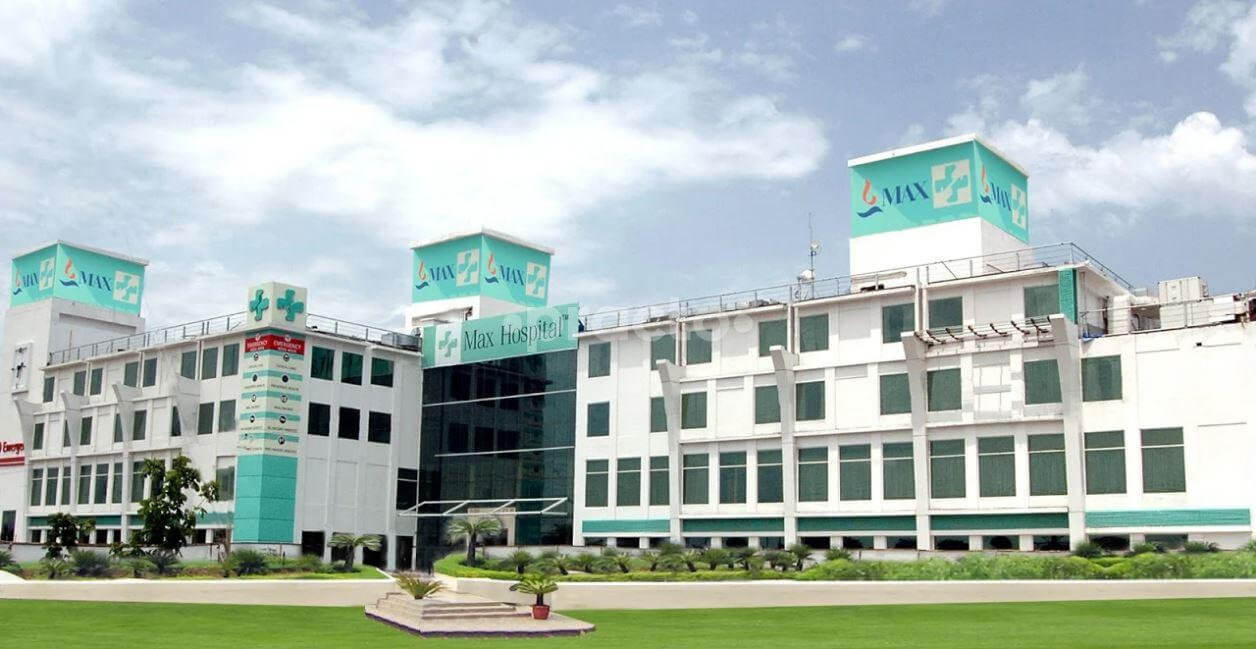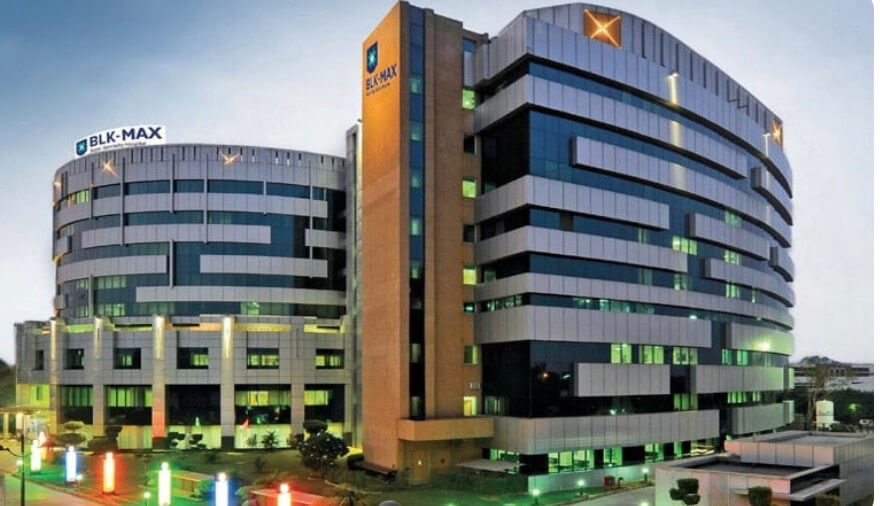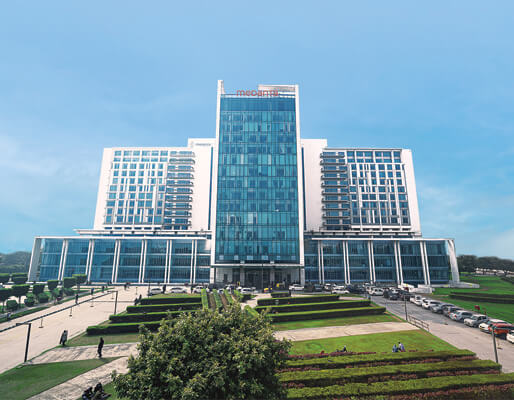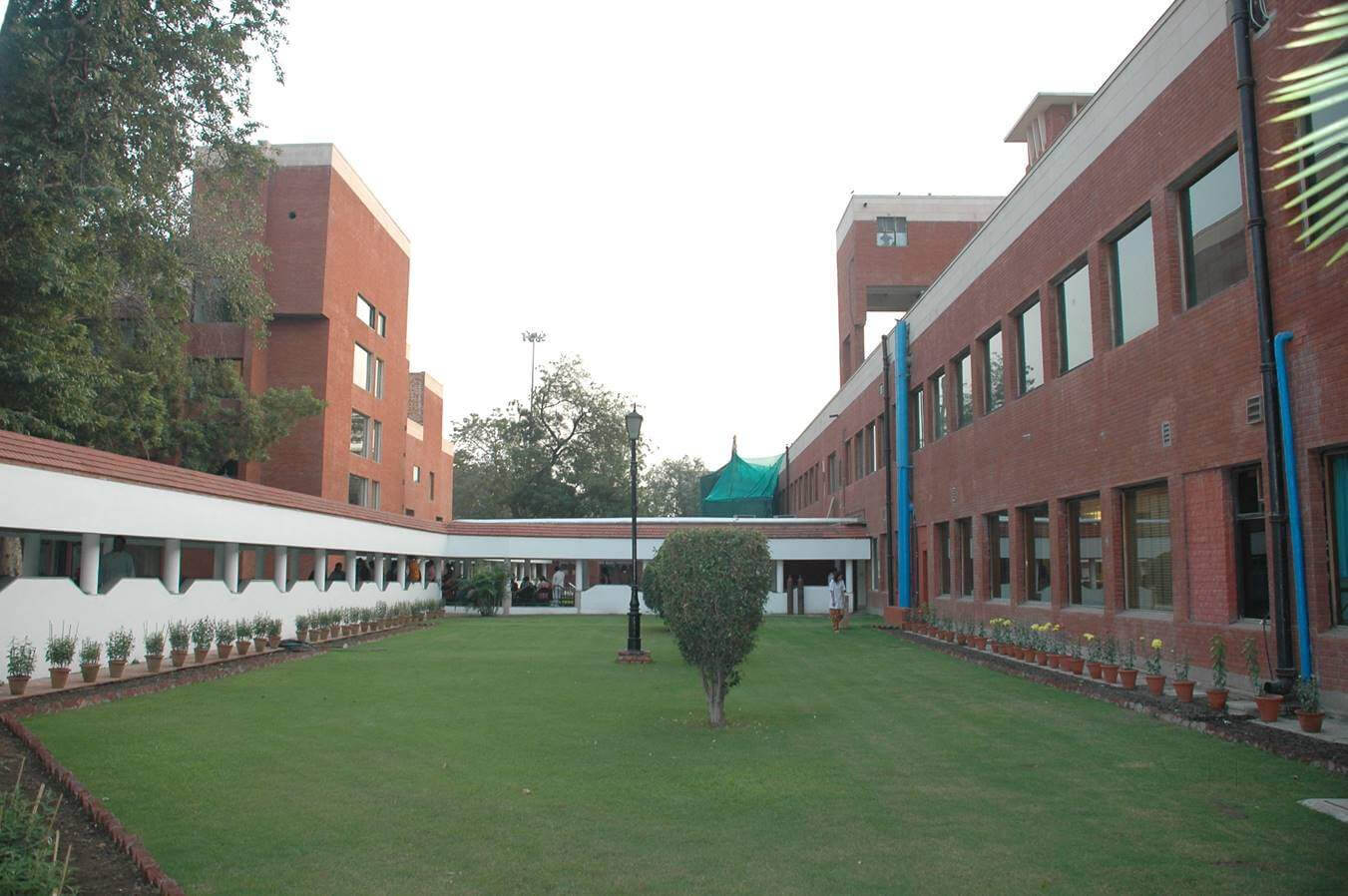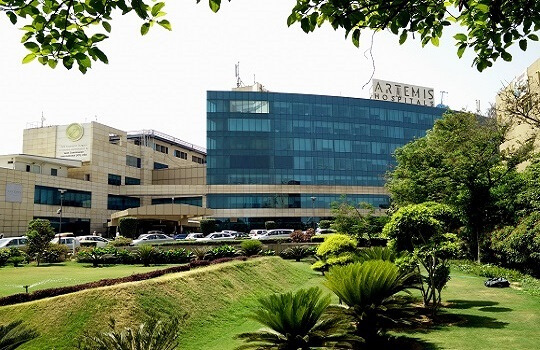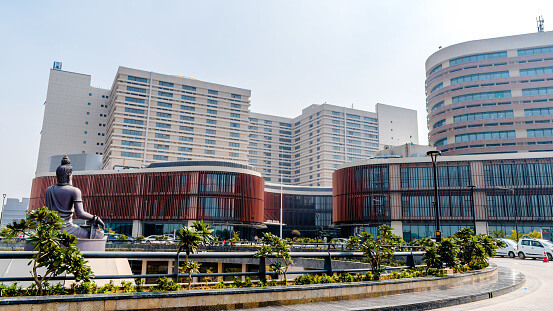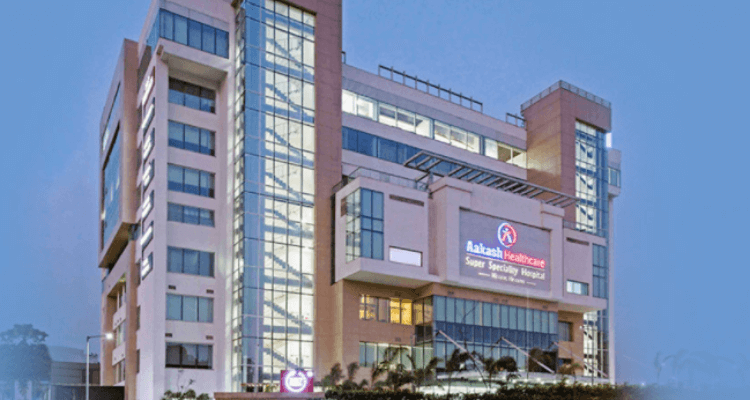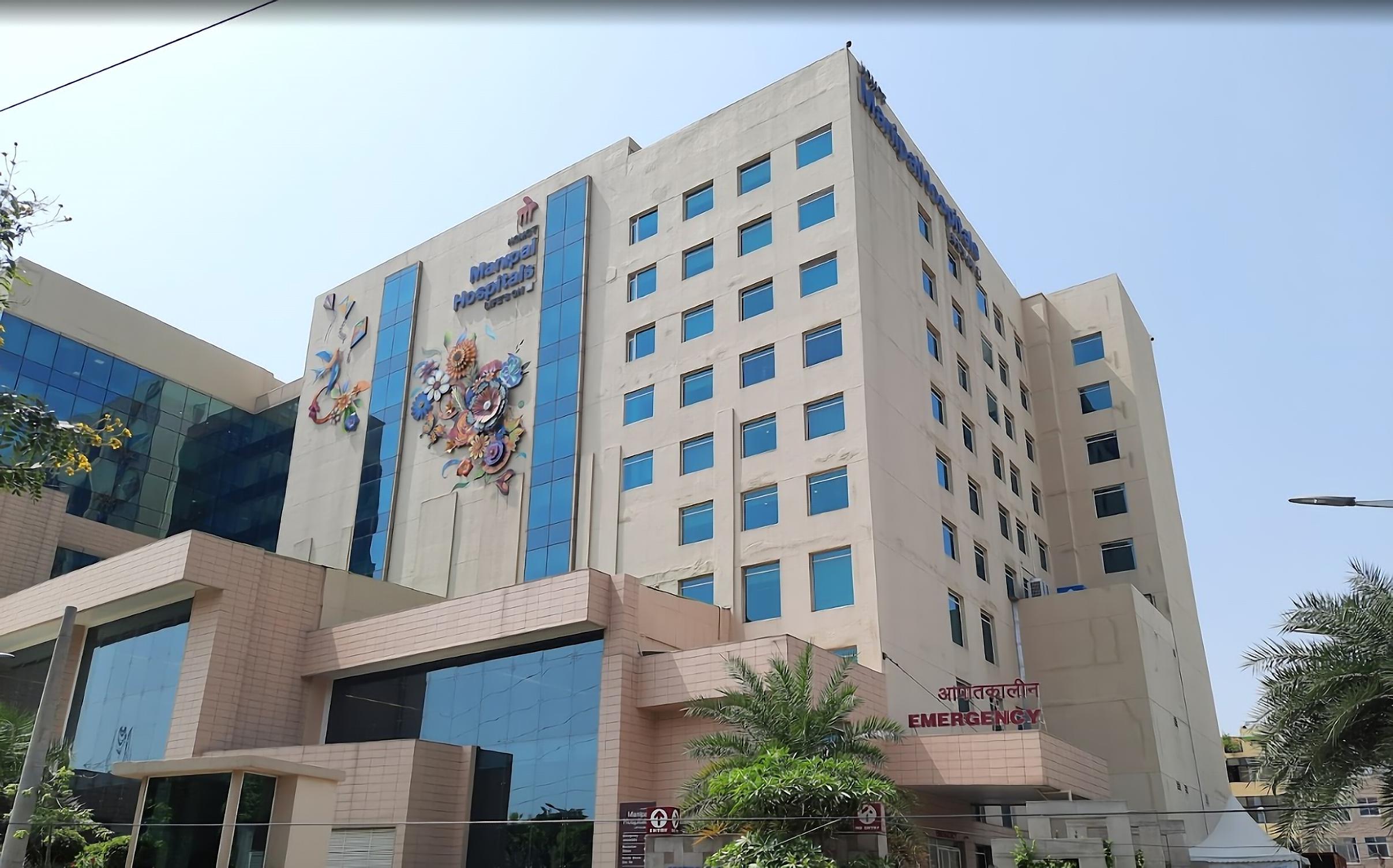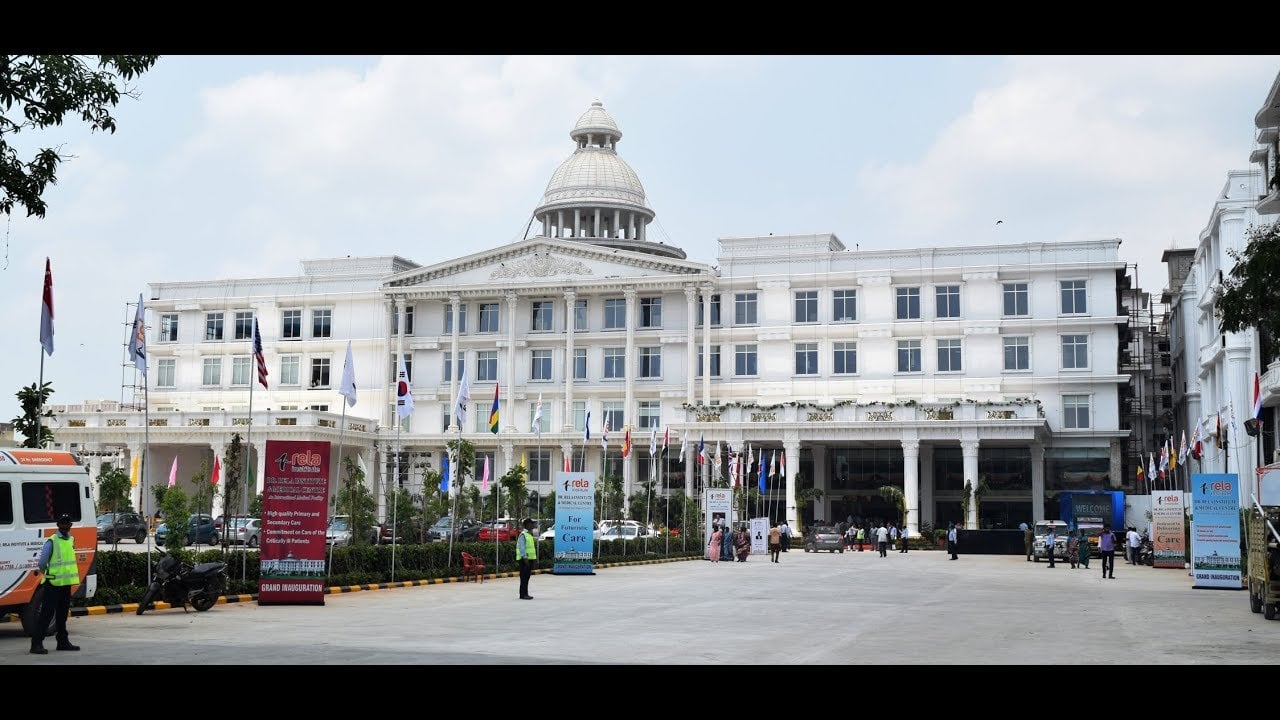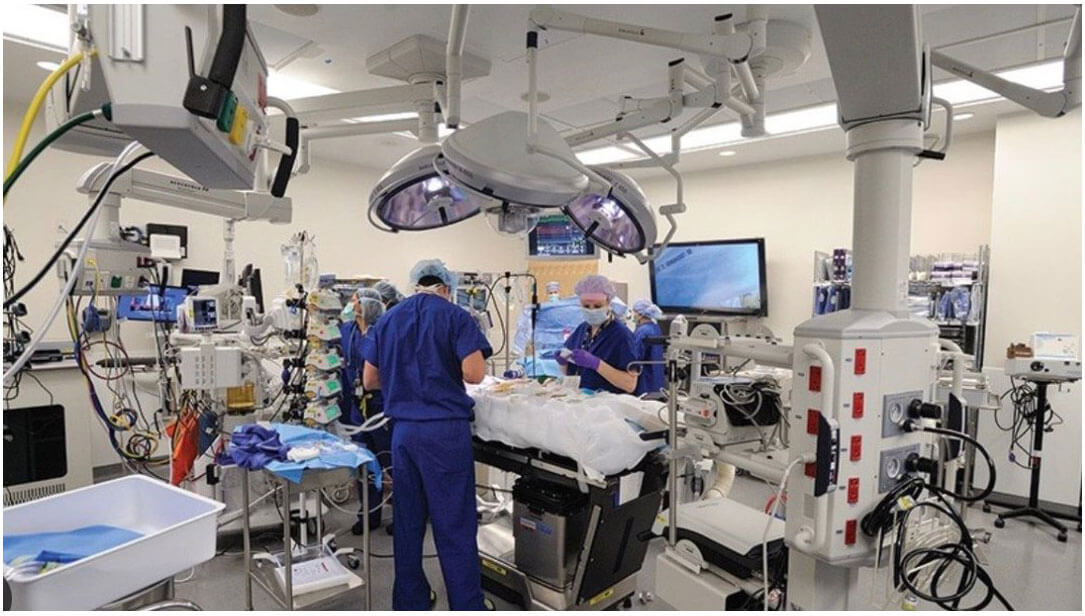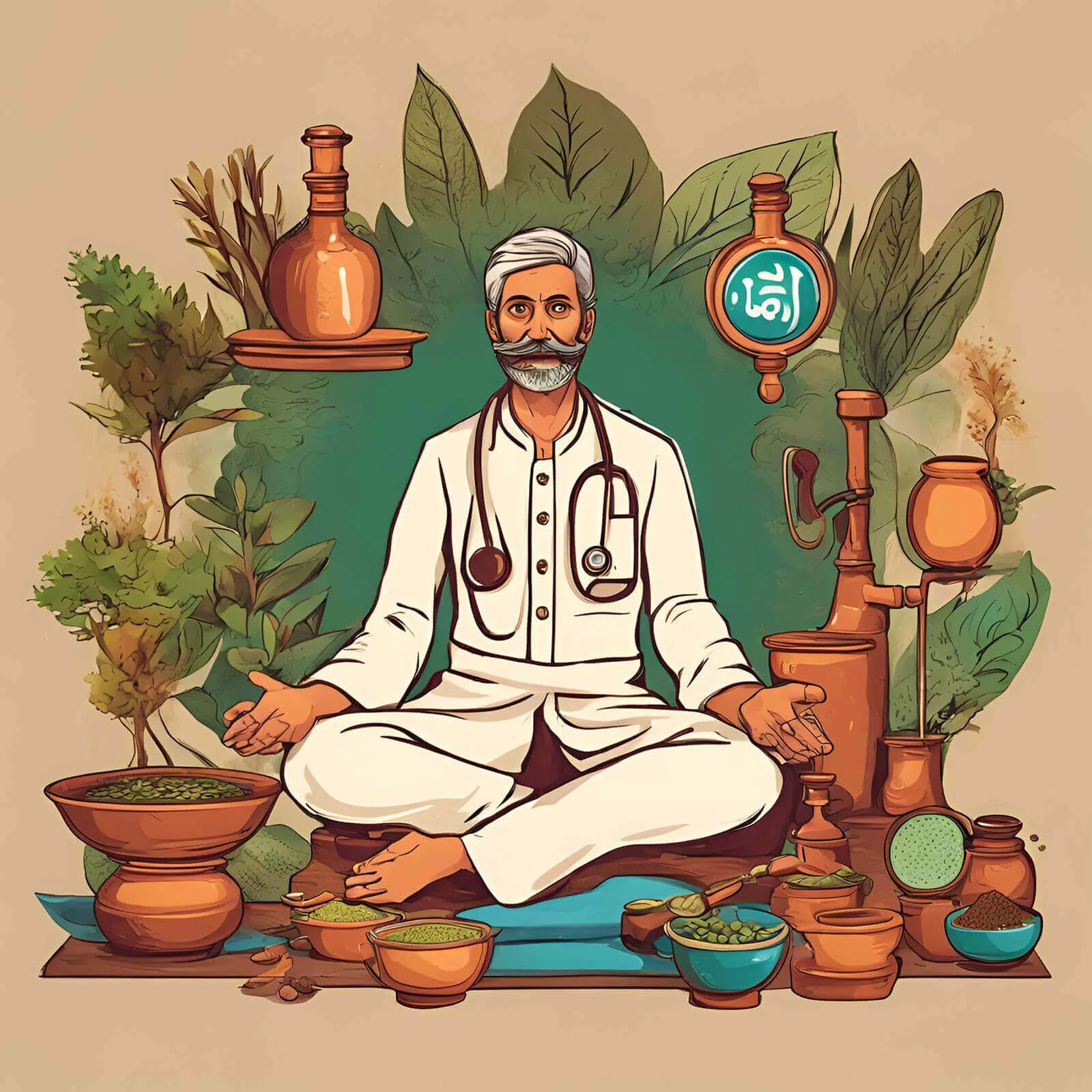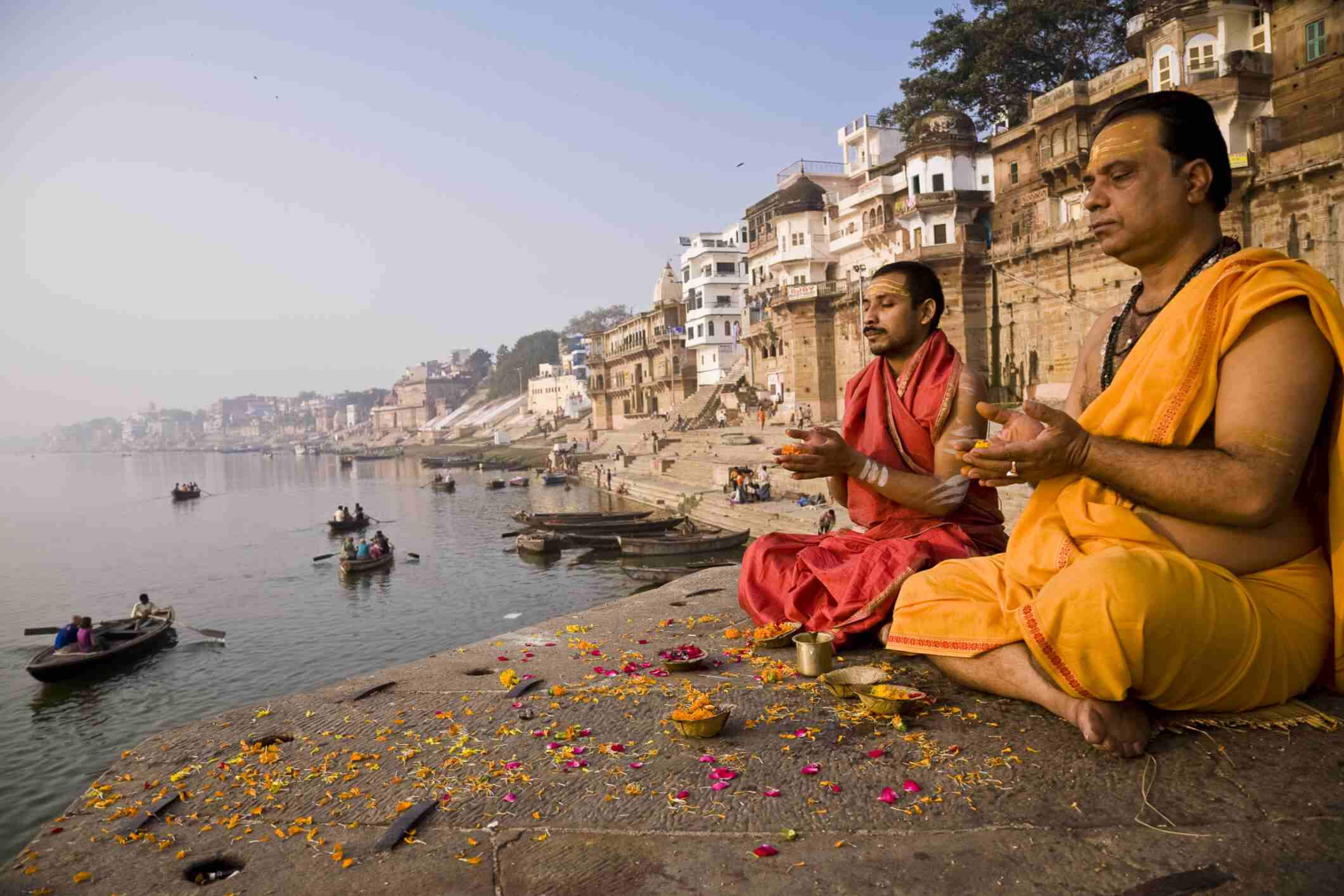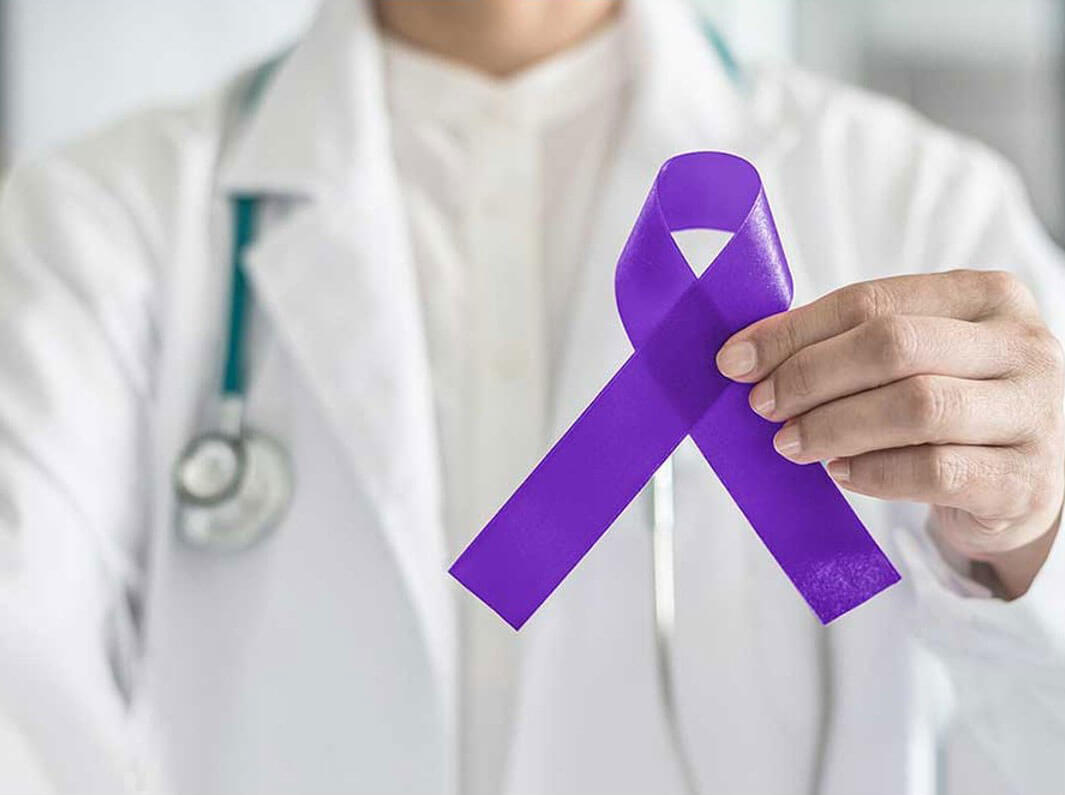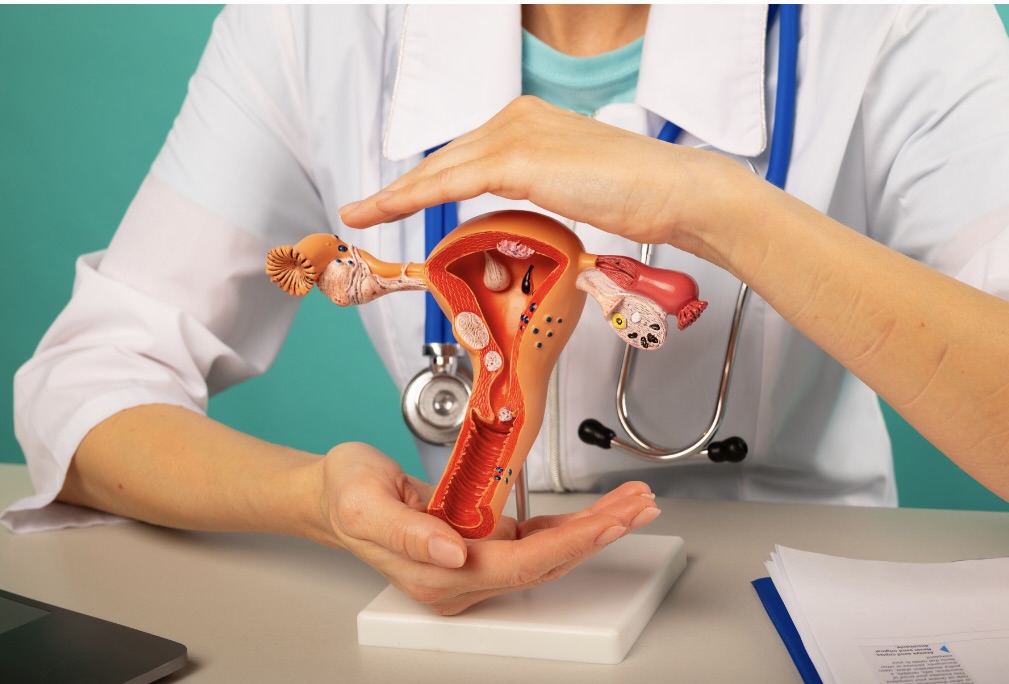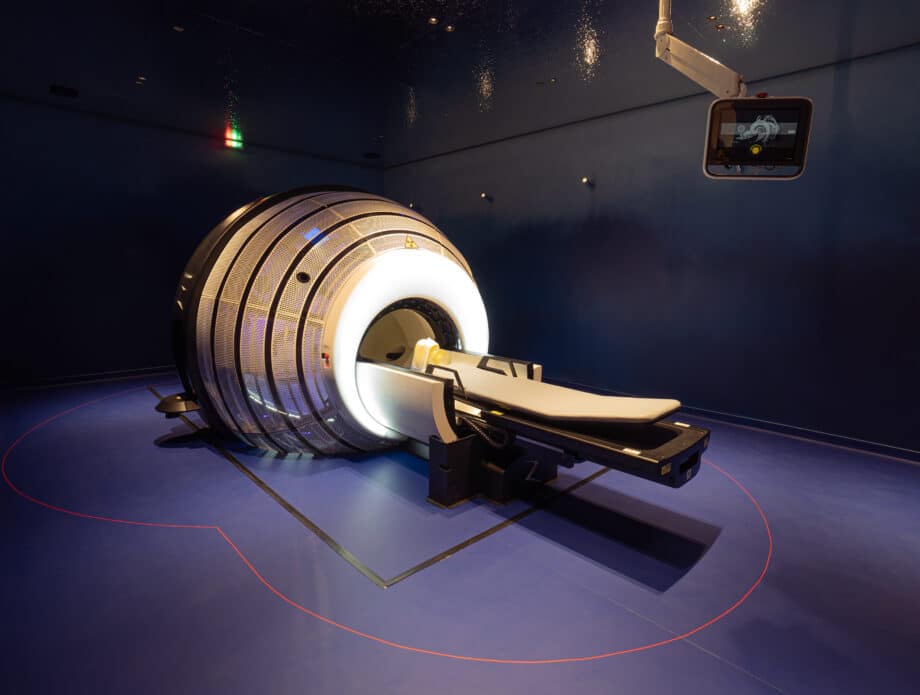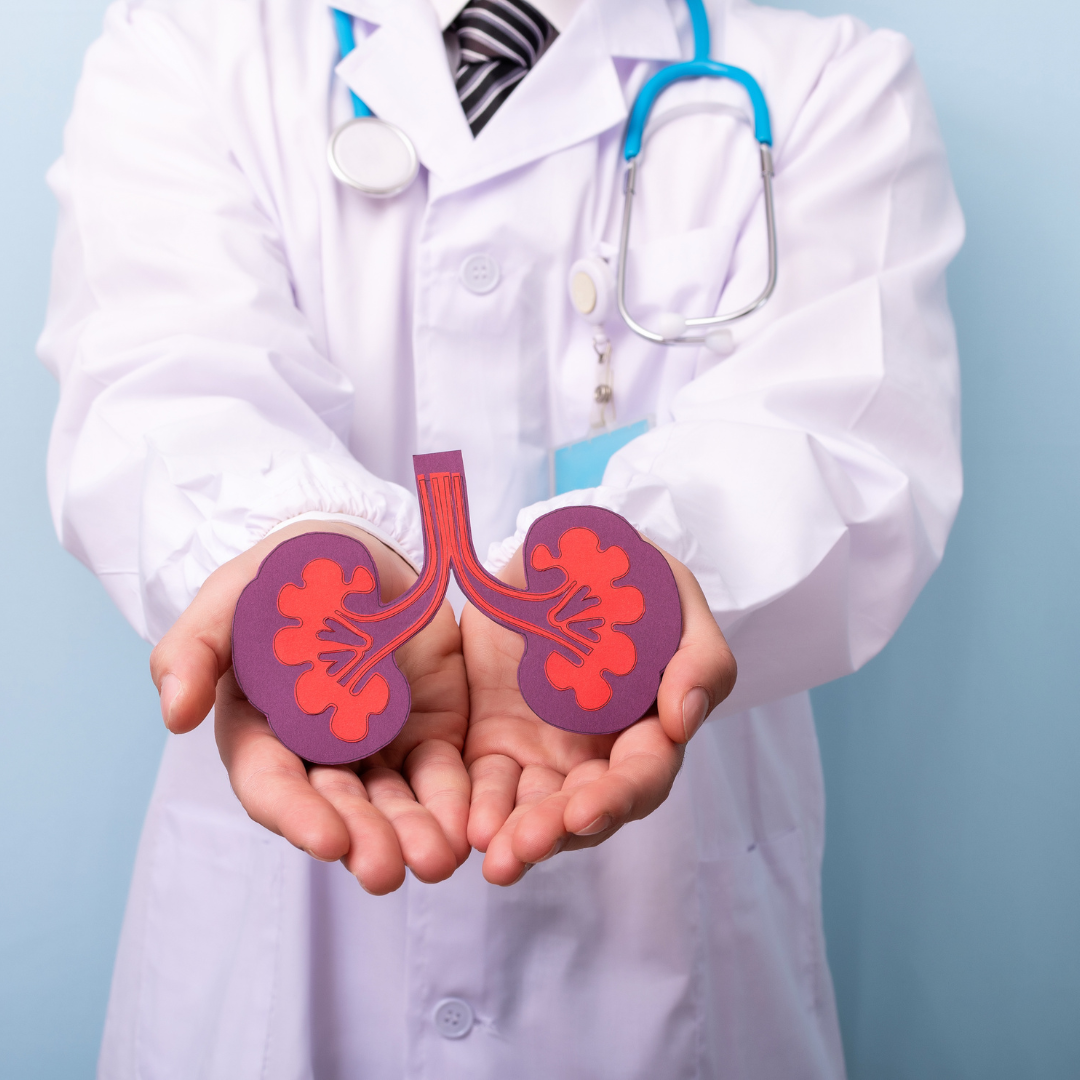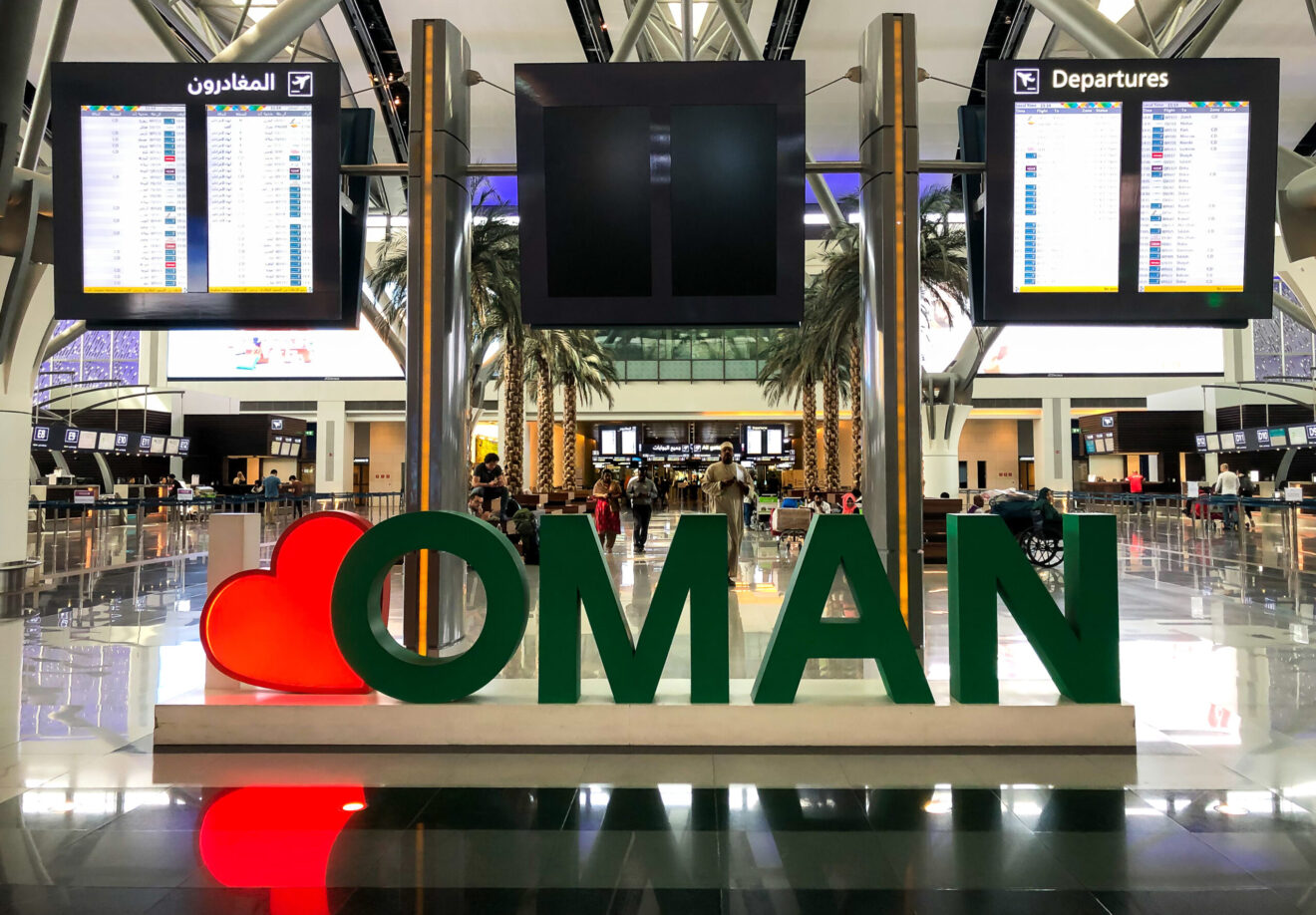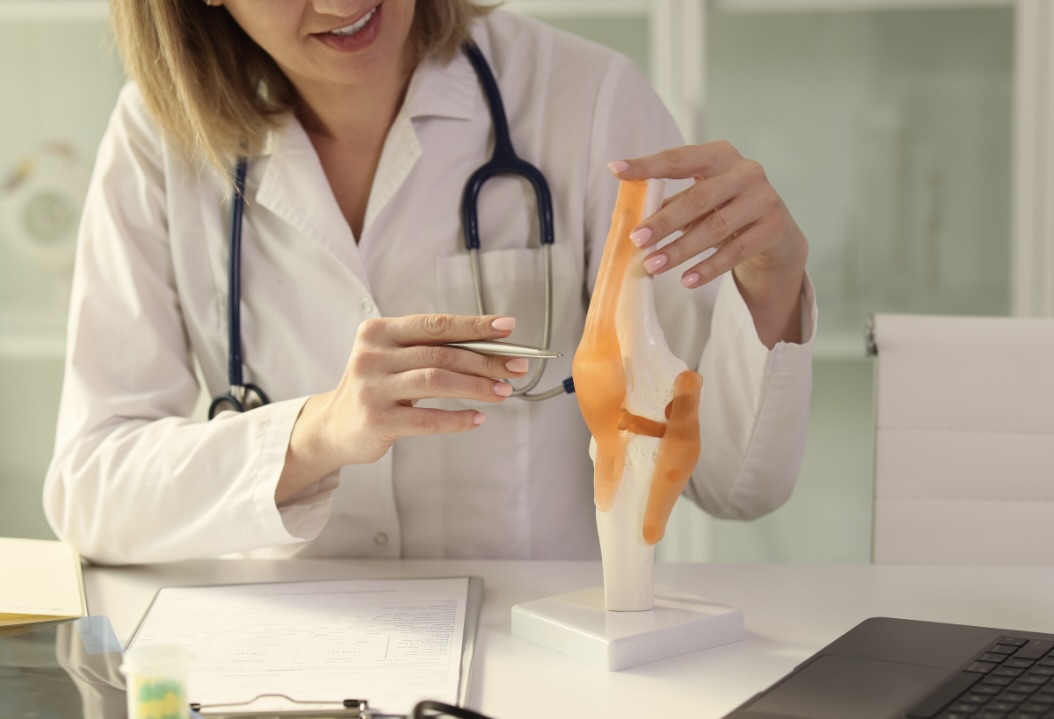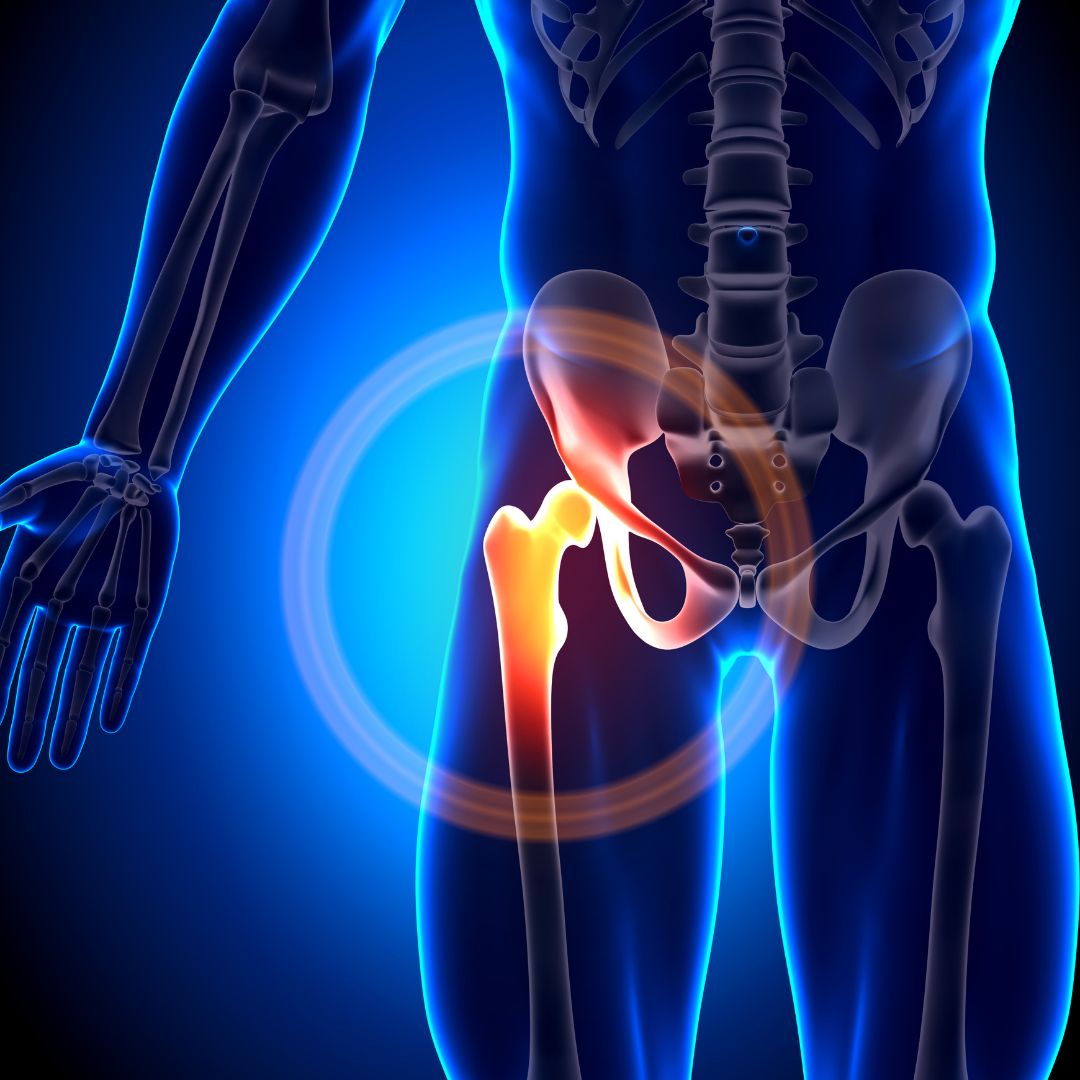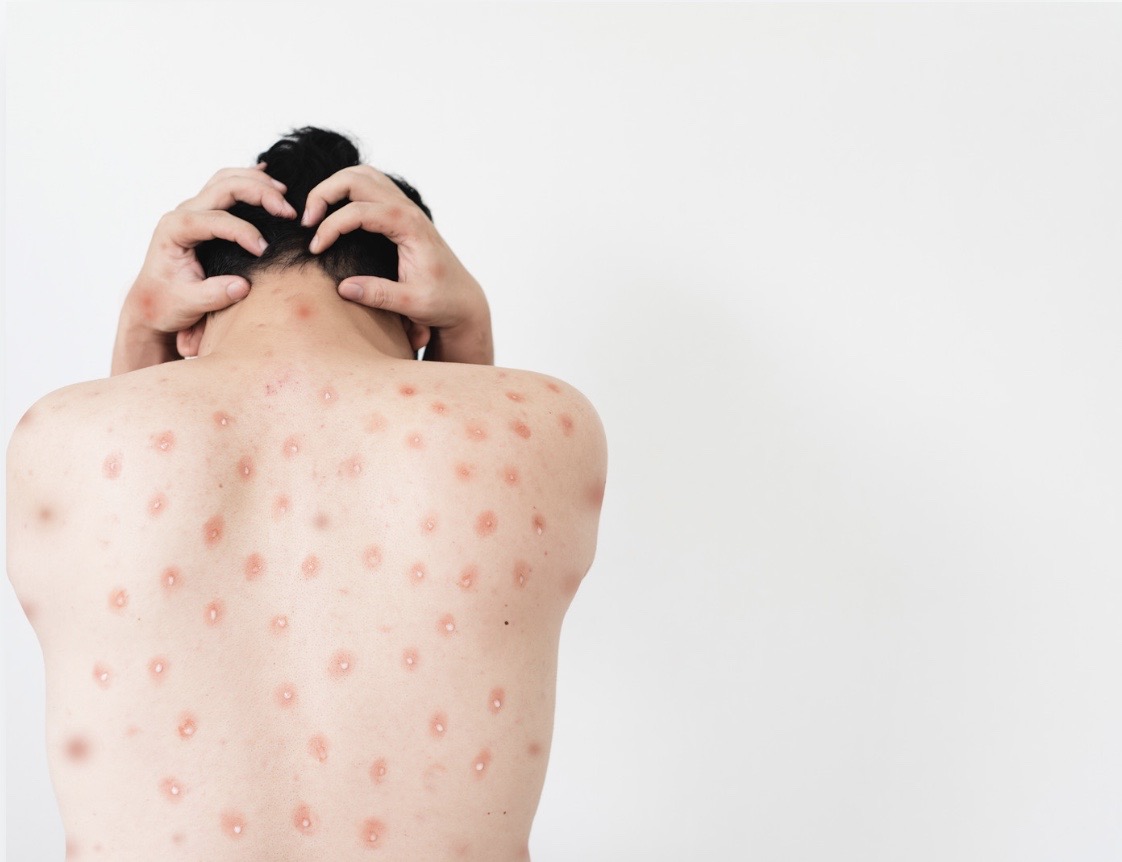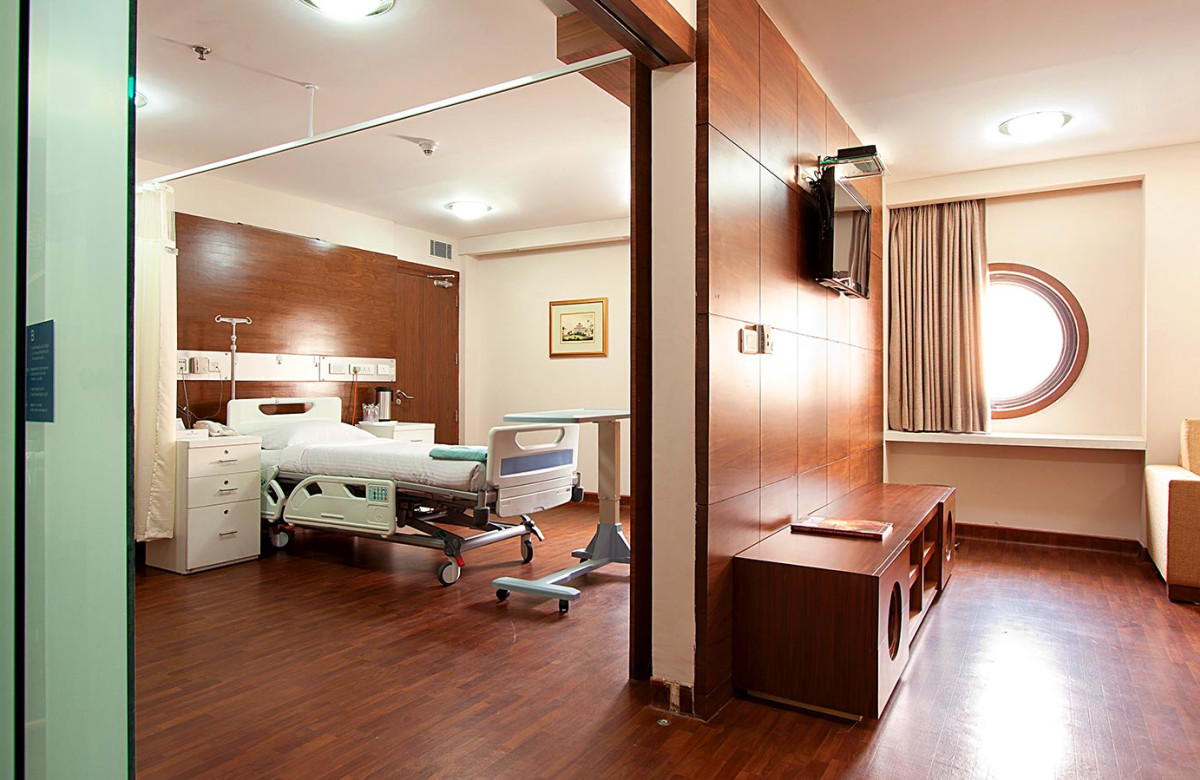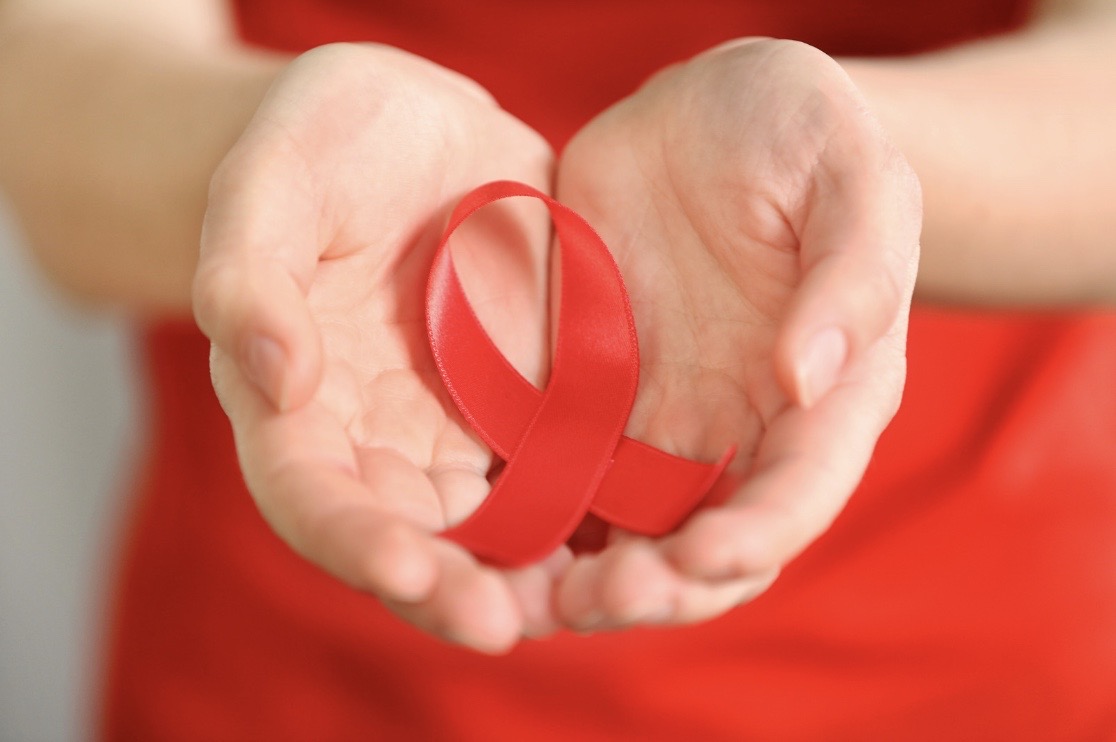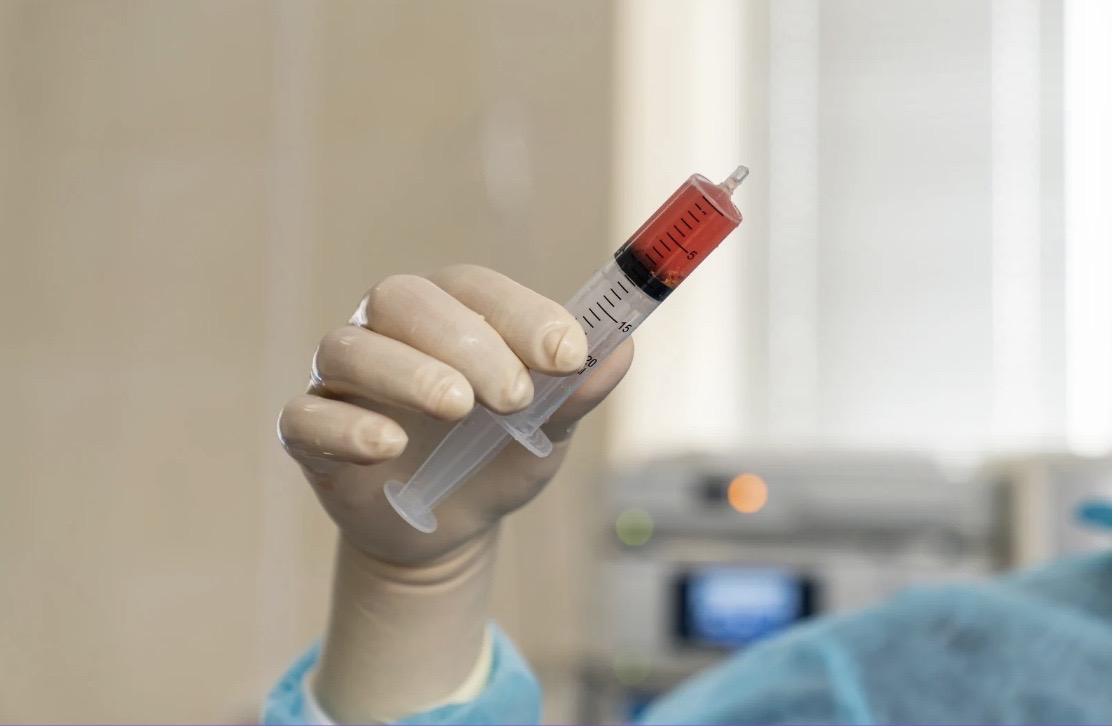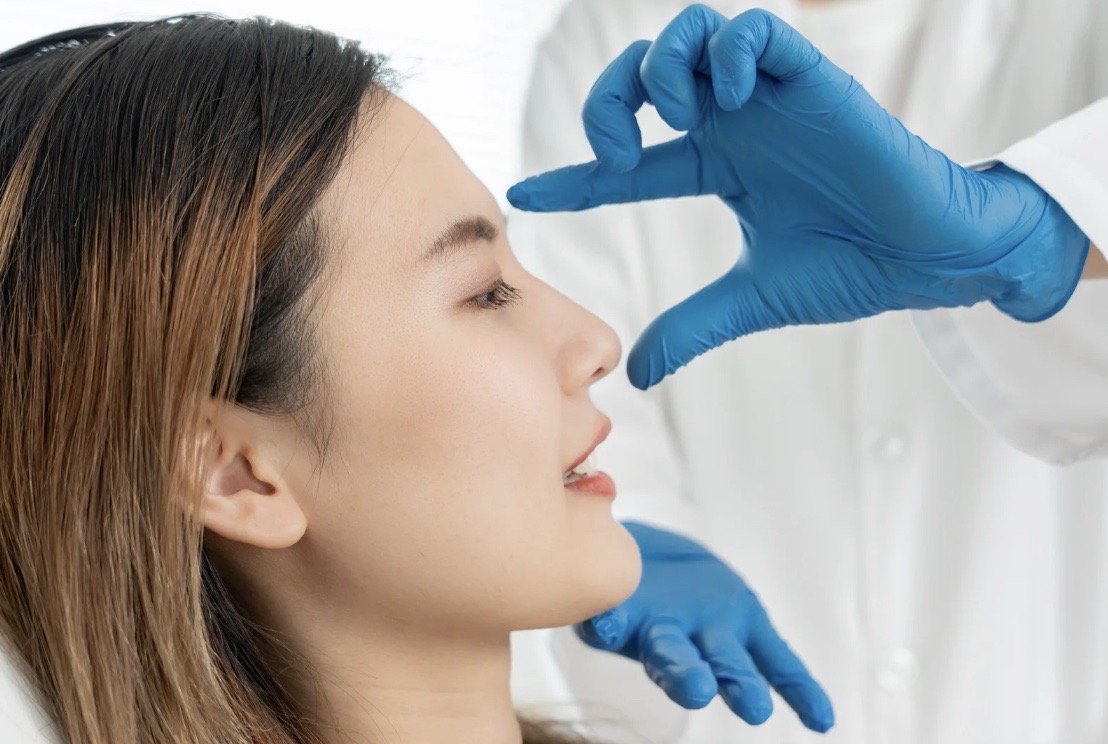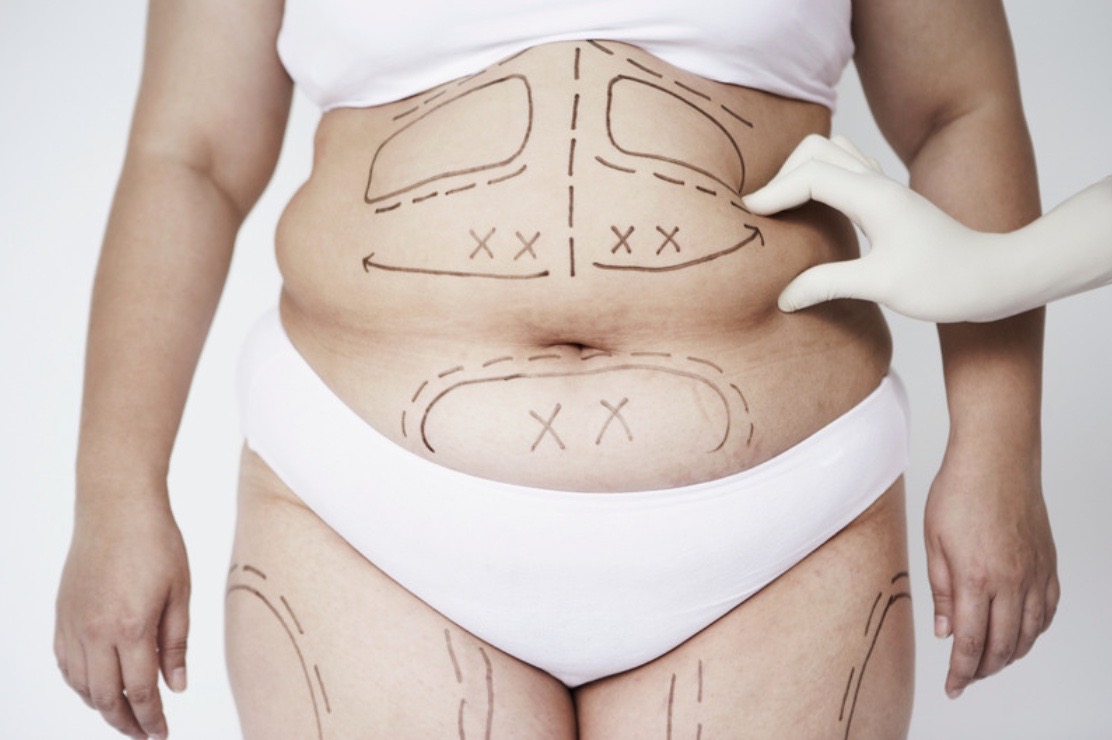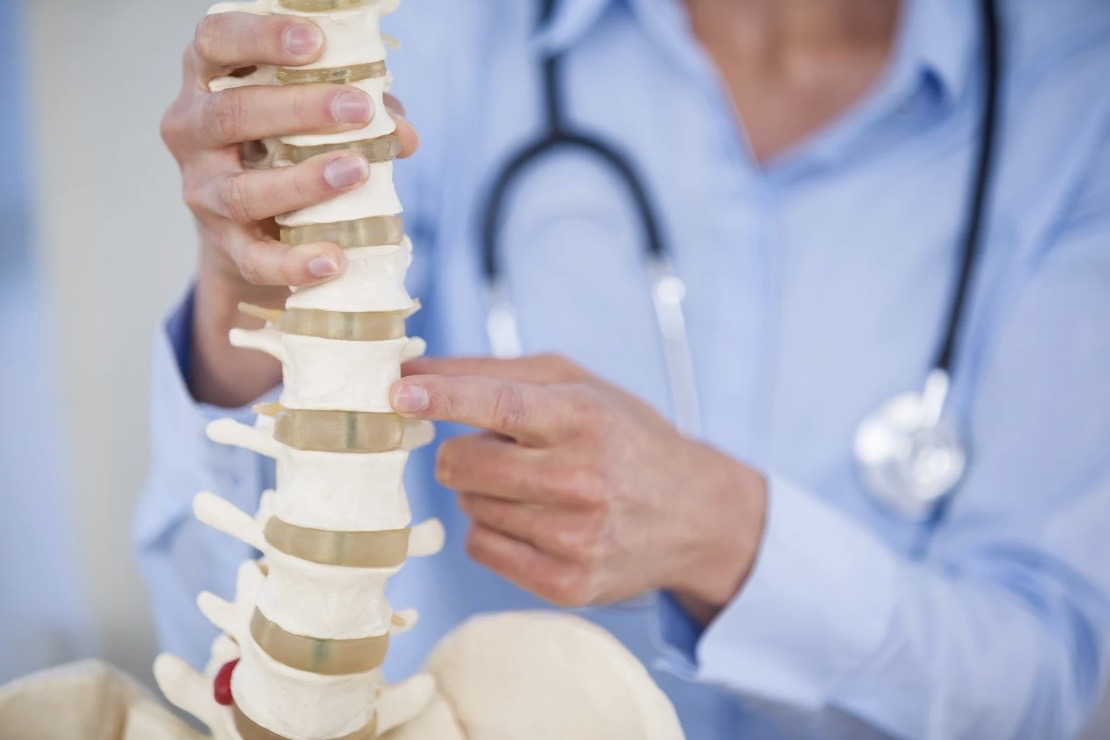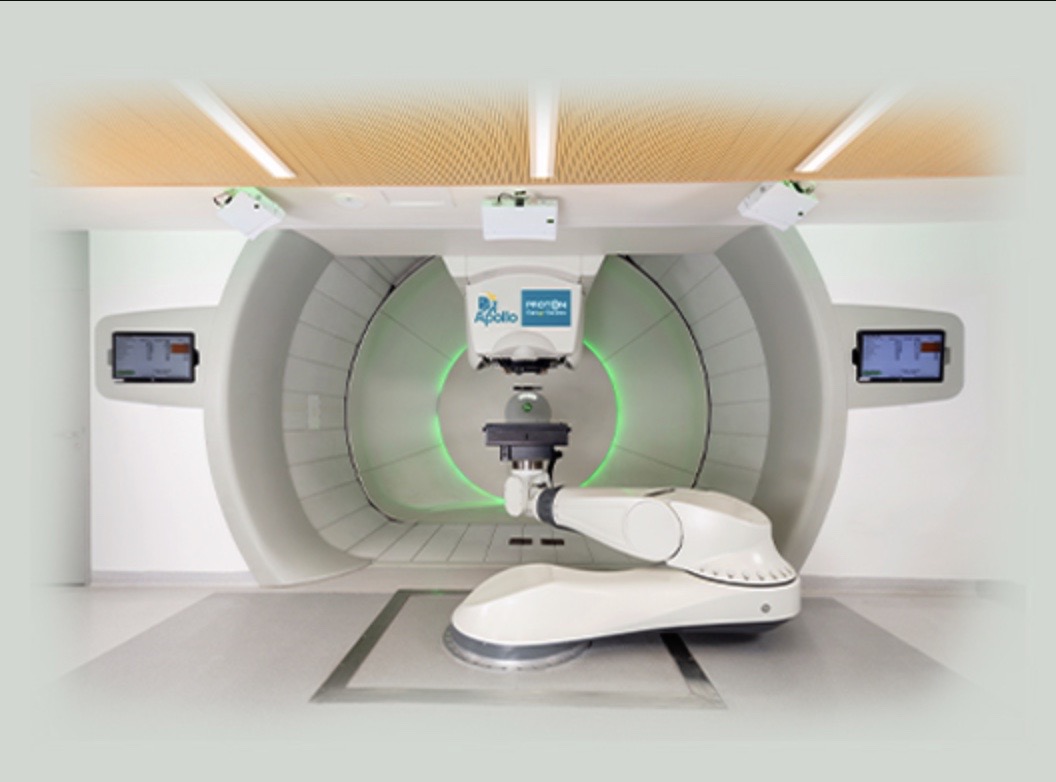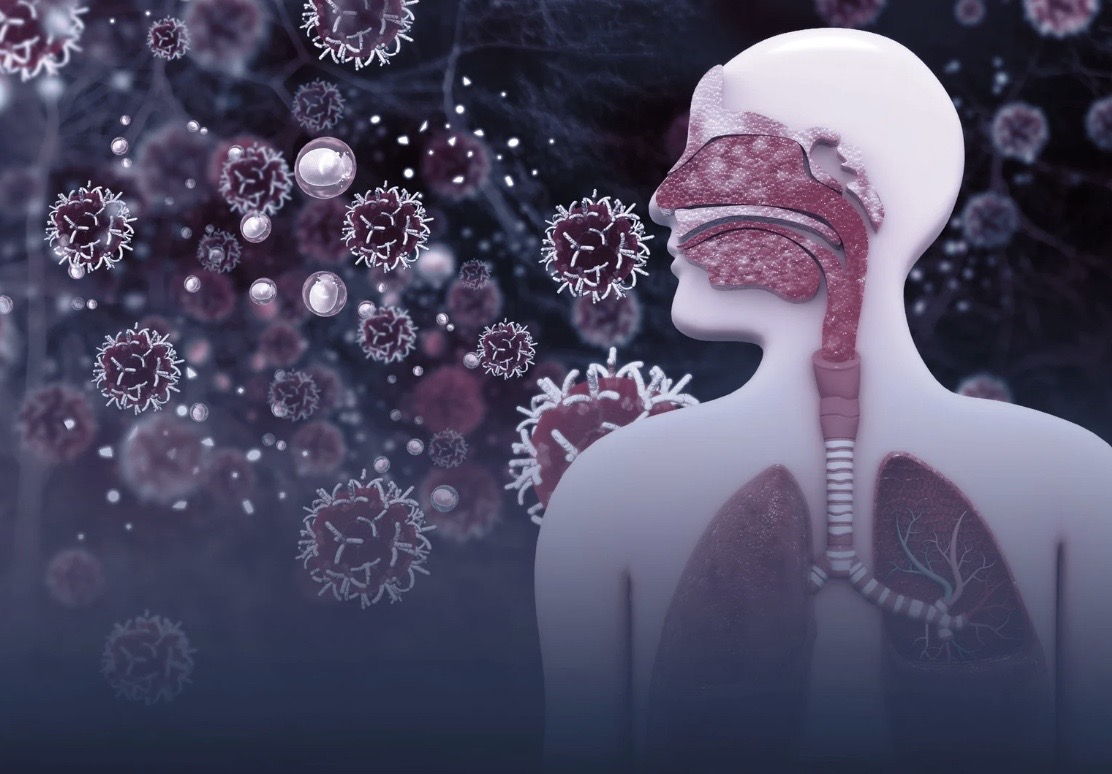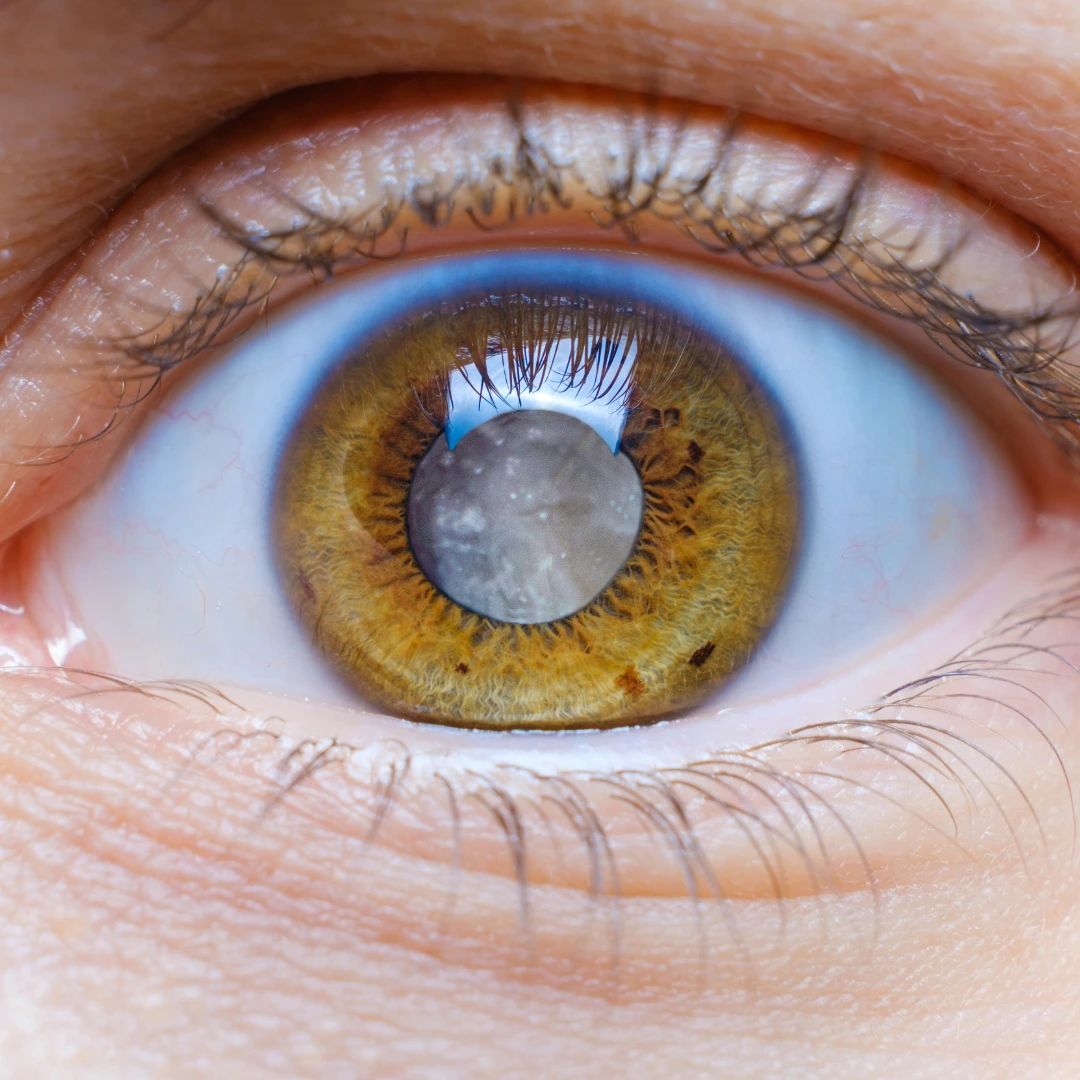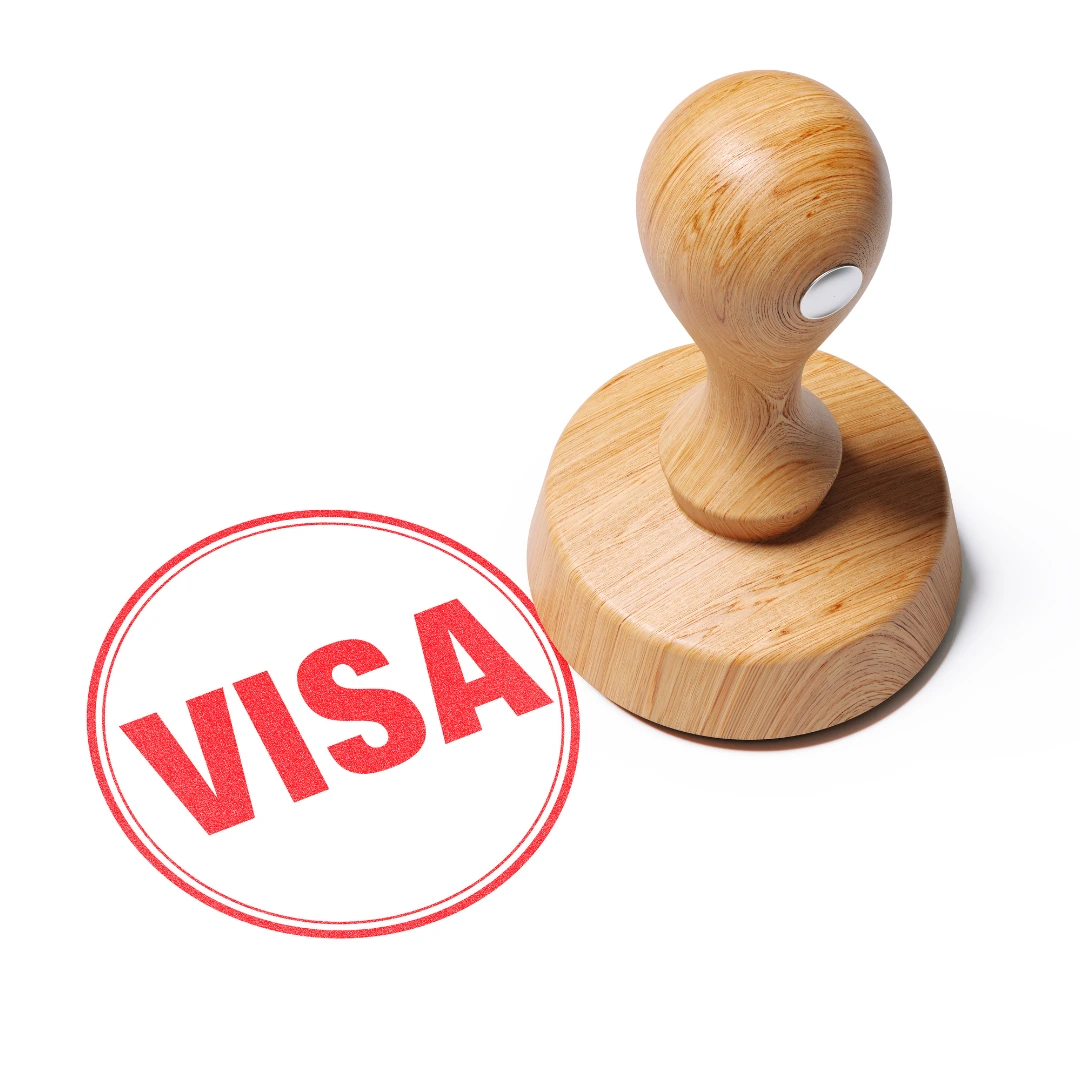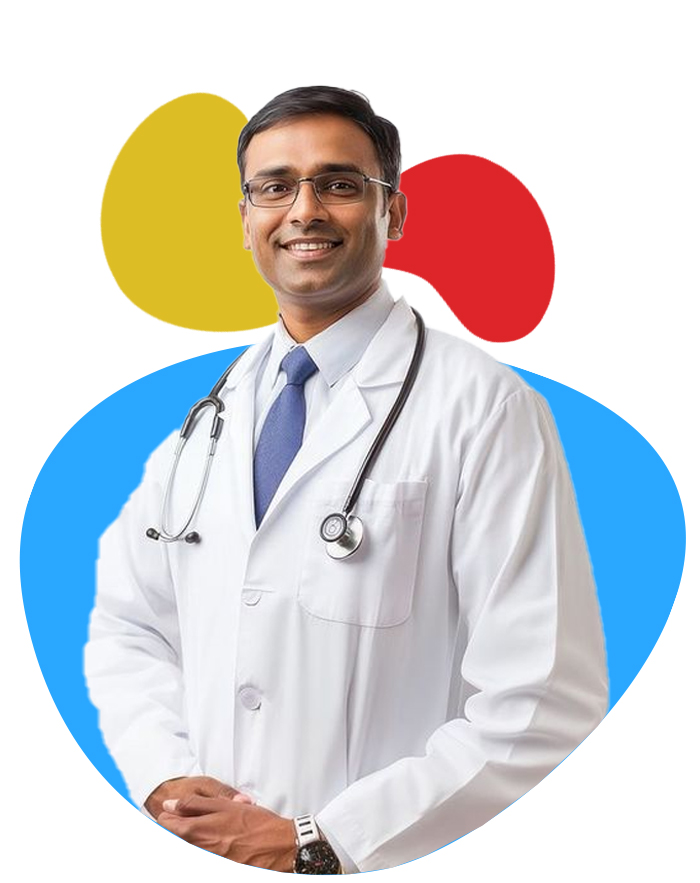Introduction
Peripheral Artery Disease (PAD) is a common circulatory problem where narrowed arteries reduce blood flow to the limbs, particularly the legs. It occurs when fatty deposits or plaque build-up in the arteries restricts blood flow, leading to symptoms such as leg pain, cramping, numbness, or weakness, especially during physical activity. PAD is most commonly caused by atherosclerosis, which is the hardening of the arteries due to cholesterol and other substances. It is often associated with other health conditions like diabetes, high blood pressure, and smoking. If left untreated, PAD can lead to serious complications, including infections, tissue damage, and even amputation. Early diagnosis and treatment are crucial to managing PAD effectively and preventing further complications.
Cost Comparison
The cost of peripheral artery disease (pad) treatment varies widely anywhere in the world, depending on the hospital, the stage of cancer, the type of treatment, the number of therapy sessions required, the patient’s overall health condition, post-operative complications and care, etc. The average cost of peripheral artery disease (pad) in India is USD $2500.
But be assured as the cost of Peripheral Artery Disease (PAD) in India is just a fraction of developed nations.
- Avg Cost of treatment - $2500
- Maximum cost of treatment - $5000
Factors affecting Cost of treatment
Several factors influence the cost of treatment for Peripheral Artery Disease (PAD) in India. These factors can vary widely between patients and hospitals, and they include:
1. Type of Treatment
-
Conservative Management: Lifestyle changes and medications (e.g., blood thinners, cholesterol-lowering drugs) generally cost less compared to invasive treatments.
-
Invasive Procedures: Angioplasty, stent placement, bypass surgery, atherectomy, and endarterectomy are more expensive due to the complexity and expertise required.
2. Medical Equipment and Technology
-
The use of advanced technology, such as robotic surgery, high-quality stents, or angioplasty equipment, can increase the overall treatment costs.
3. Doctor’s Expertise and Experience
-
The experience and reputation of the surgeon or interventional cardiologist performing the procedure can significantly impact the cost. Highly experienced specialists often charge higher fees for their expertise.
4. Patient’s Health Condition
-
Severity of PAD: The extent of the artery blockage or damage can influence the complexity of the procedure and the required follow-up treatments, affecting the cost.
-
Comorbidities: If a patient has additional conditions like diabetes, hypertension, or heart disease, this can lead to higher treatment costs as more specialists and medications may be needed.
5. Post-Operative Care
-
The need for post-operative care such as intensive care unit (ICU) stays, physiotherapy, follow-up visits, and rehabilitation programs can further add to the total treatment cost.
6. Duration of the Treatment
-
Longer hospital stays and more complex treatment regimens may result in higher charges. Recovery time after surgeries or major interventions can also increase costs, especially if the patient requires extended care.
7. Type of Stent or Device Used
-
The brand and type of stent or device used in angioplasty or bypass surgeries affect the cost. High-end stents that provide longer durability or lower risk of complications are more expensive.
8. Insurance Coverage
-
If the patient has health insurance, the cost may be partially or fully covered, but the extent of coverage and out-of-pocket expenses will depend on the specific policy.
These factors collectively determine the overall cost of PAD treatment in India, and patients are advised to consider them when planning their treatment options.
Treatment options
Treatment options for Peripheral Artery Disease (PAD) in India depend on the severity of the condition, the patient's overall health, and whether there are any complications. The treatment approach can include lifestyle changes, medications, and various medical procedures. Here's an overview of the treatment options available in India:
1. Medications
-
Antiplatelet Medications: Drugs like aspirin or clopidogrel help prevent blood clots and reduce the risk of heart attack and stroke.
-
Cholesterol-Lowering Drugs: Statins are used to lower cholesterol and reduce the progression of arterial plaque.
-
Angiotensin-Converting Enzyme (ACE) Inhibitors: Help lower blood pressure and improve blood flow to the legs.
-
Vasodilators: Drugs like cilostazol improve blood circulation by dilating the blood vessels.
-
Pain Relievers: For managing symptoms like leg pain and cramping.
2. Angioplasty and Stenting
-
Angioplasty: A minimally invasive procedure where a catheter with a balloon at its tip is inserted into the narrowed artery and inflated to widen it, improving blood flow.
-
Stenting: Often done along with angioplasty, a stent (a small mesh tube) is placed in the artery to keep it open after angioplasty.
3. Bypass Surgery
-
Surgical Bypass: In severe cases, if angioplasty is not possible or effective, a bypass surgery is performed. This involves creating a detour around the blocked artery using a graft (from a vein or synthetic material) to restore blood flow to the legs.
4. Endarterectomy
-
Endarterectomy: A surgical procedure where plaque is removed from the arterial walls, especially in cases where angioplasty or stenting is not suitable.
5. Athrectomy
-
Atherectomy: A procedure where plaque is physically removed from the artery using a catheter with a rotating blade, laser, or rotational device. This is used for more complex cases.
6. Cryoplasty
-
Cryoplasty: A combination of balloon angioplasty and the application of cold to the blocked artery to help dilate and restore blood flow.
7. Stem Cell Therapy (Experimental)
-
Stem cell therapy, though still in the experimental stage in India, is being explored as a possible treatment for PAD. Stem cells may help regenerate blood vessels and improve circulation in patients with severe PAD.
8. Amputation (In Extreme Cases)
- Amputation: If the PAD is extremely advanced and other treatments fail, a patient may require amputation to remove non-functional or necrotic tissue, particularly in cases where gangrene has developed.
How Medotil Global Assists International Patients
Medical Visa Assistance
- Guides patients through the process of obtaining a medical visa for India.
- Provides necessary documentation support, such as invitation letters from hospitals.
Accommodation Arrangements
- Helps secure comfortable and affordable lodging near treatment centers.
- Offers a range of options, including guest houses, hotels, or serviced apartments.
Food Services
- Assists in arranging dietary preferences, including international cuisines and special diets for medical needs.
Transportation Support
- Provides airport pickup and drop-off services.
- Offers reliable transportation for hospital visits and local travel.
Hospital and Doctor Selection
- Recommends top hospitals and connects patients with experienced specialists in their specific condition.
- Ensures access to advanced medical treatments and technology.
Tourism Services
- rganizes visits to famous tourist attractions like the Taj Mahal, Jaipur, Kerala, and other cultural landmarks.
- Tailors travel plans based on patient preferences and recovery needs.
24/7 Support
- Provides round-the-clock assistance for any queries or emergencies during the stay in India.


